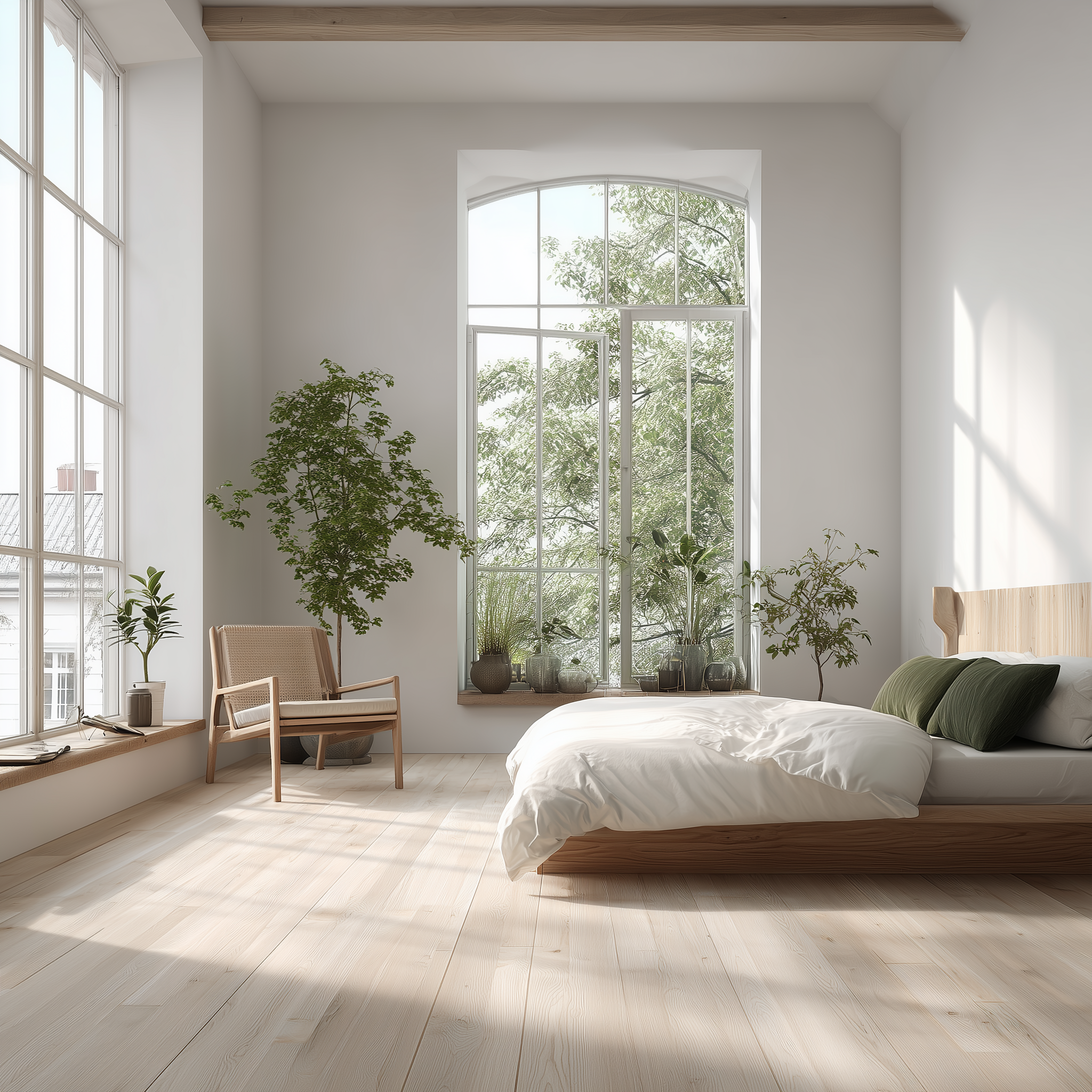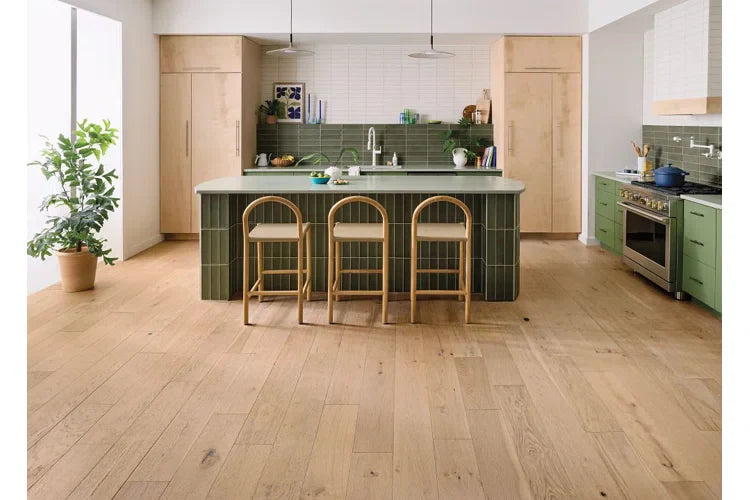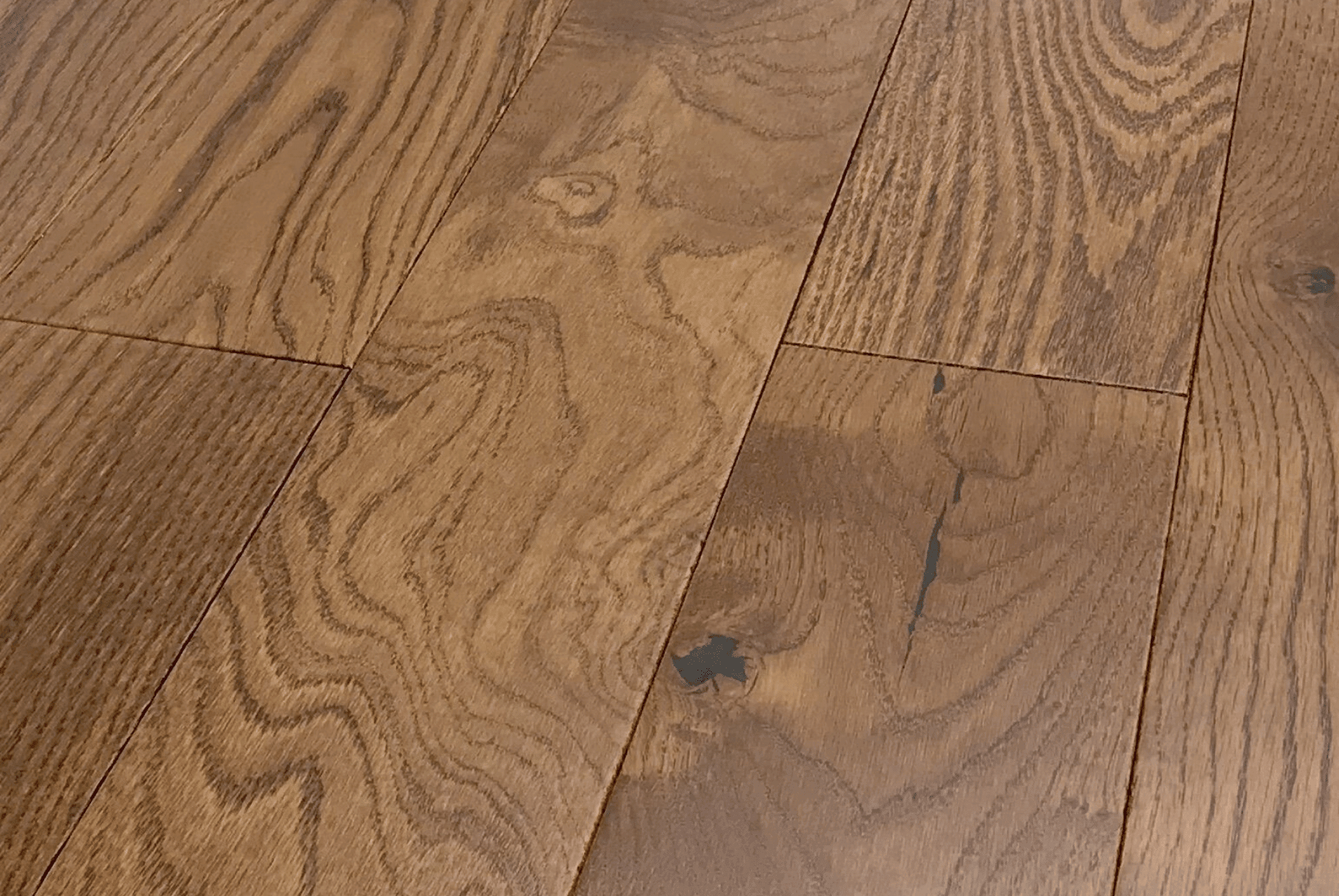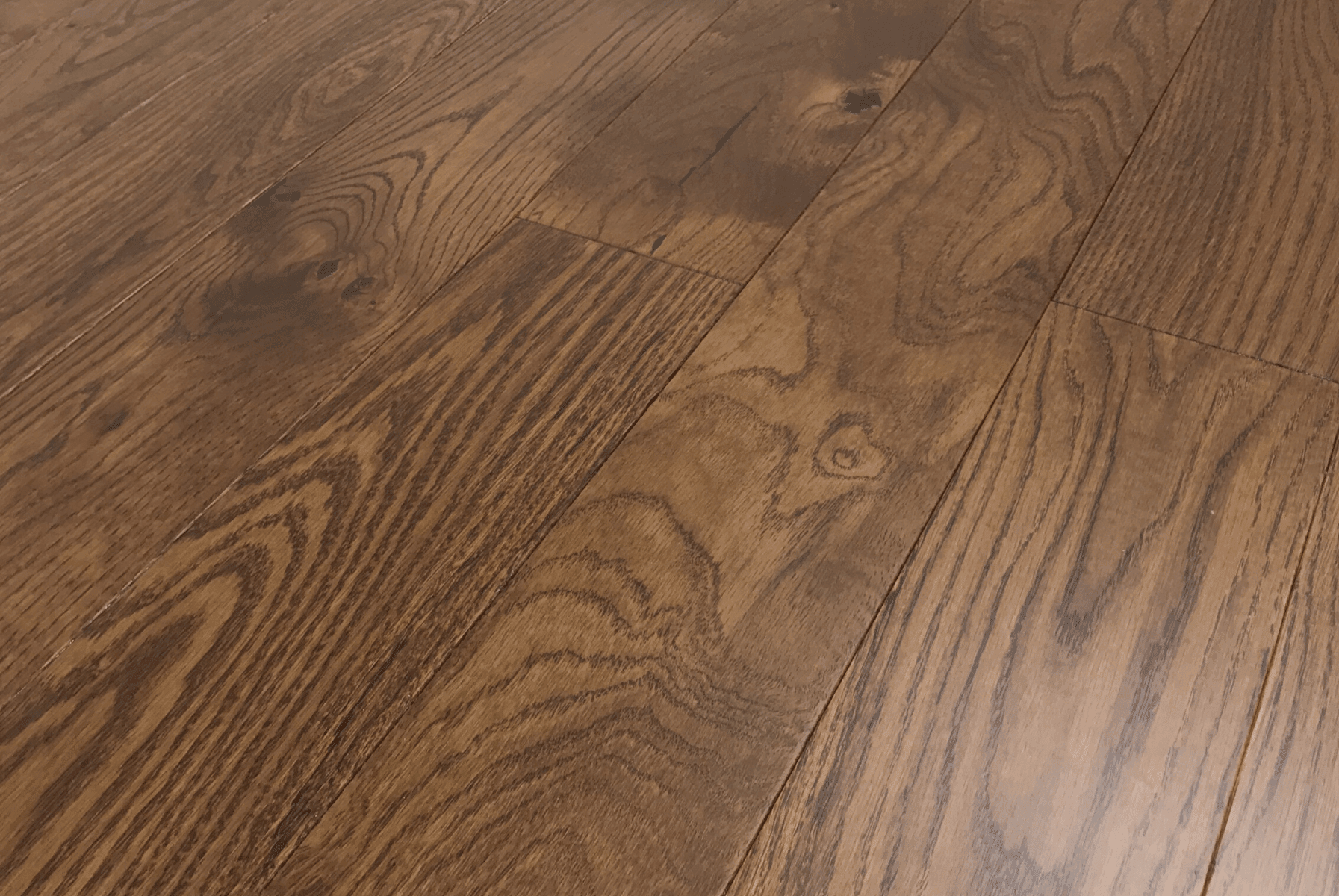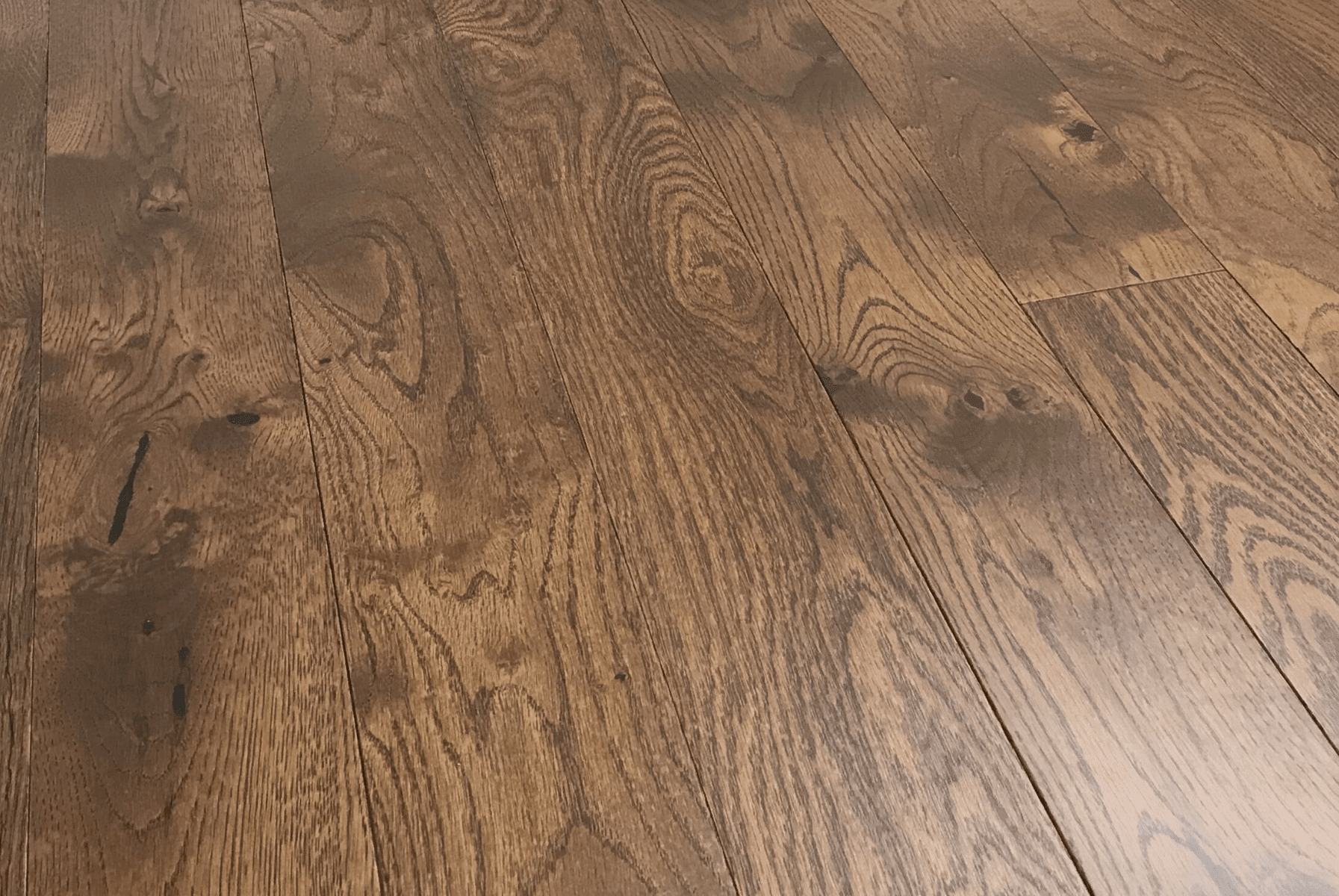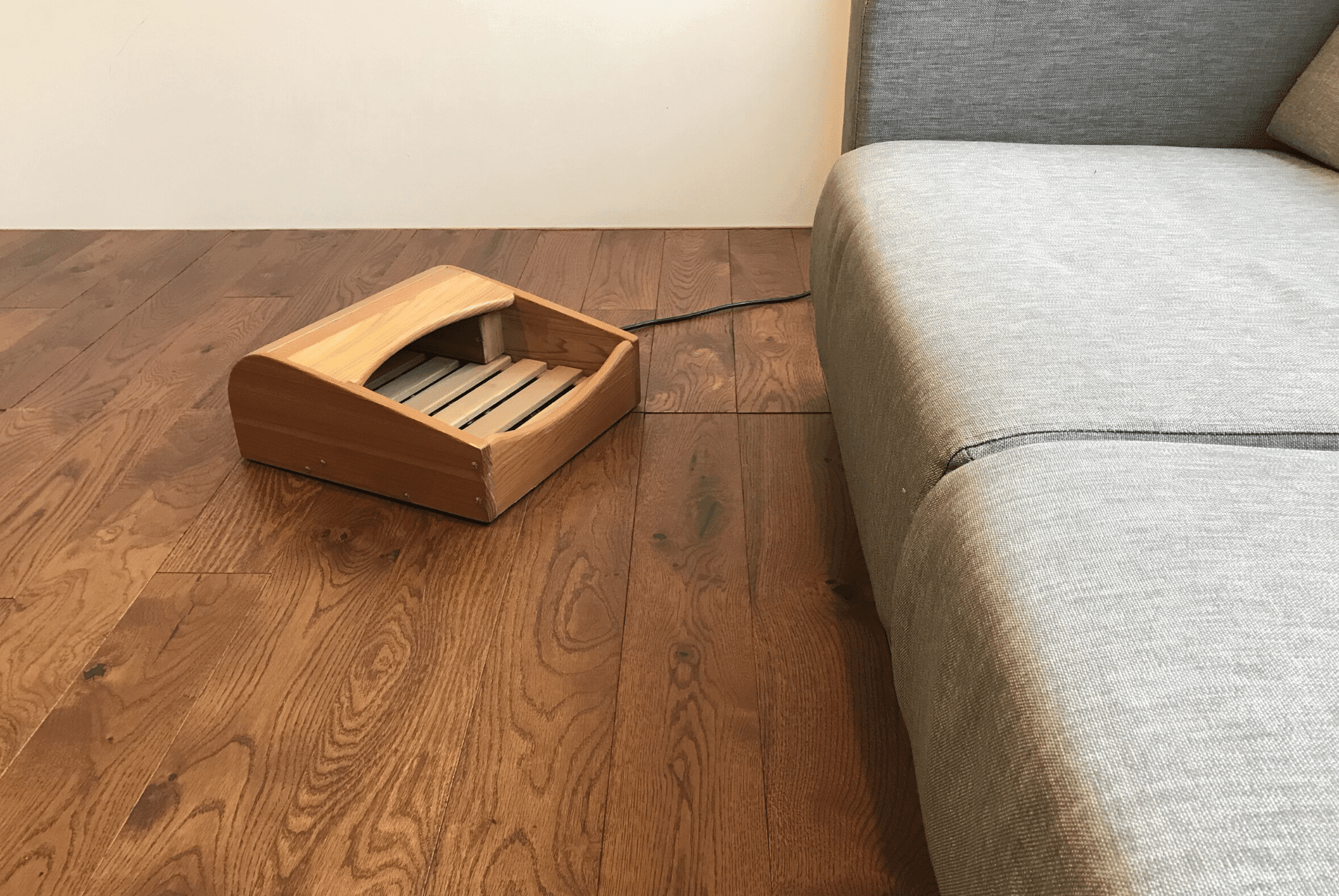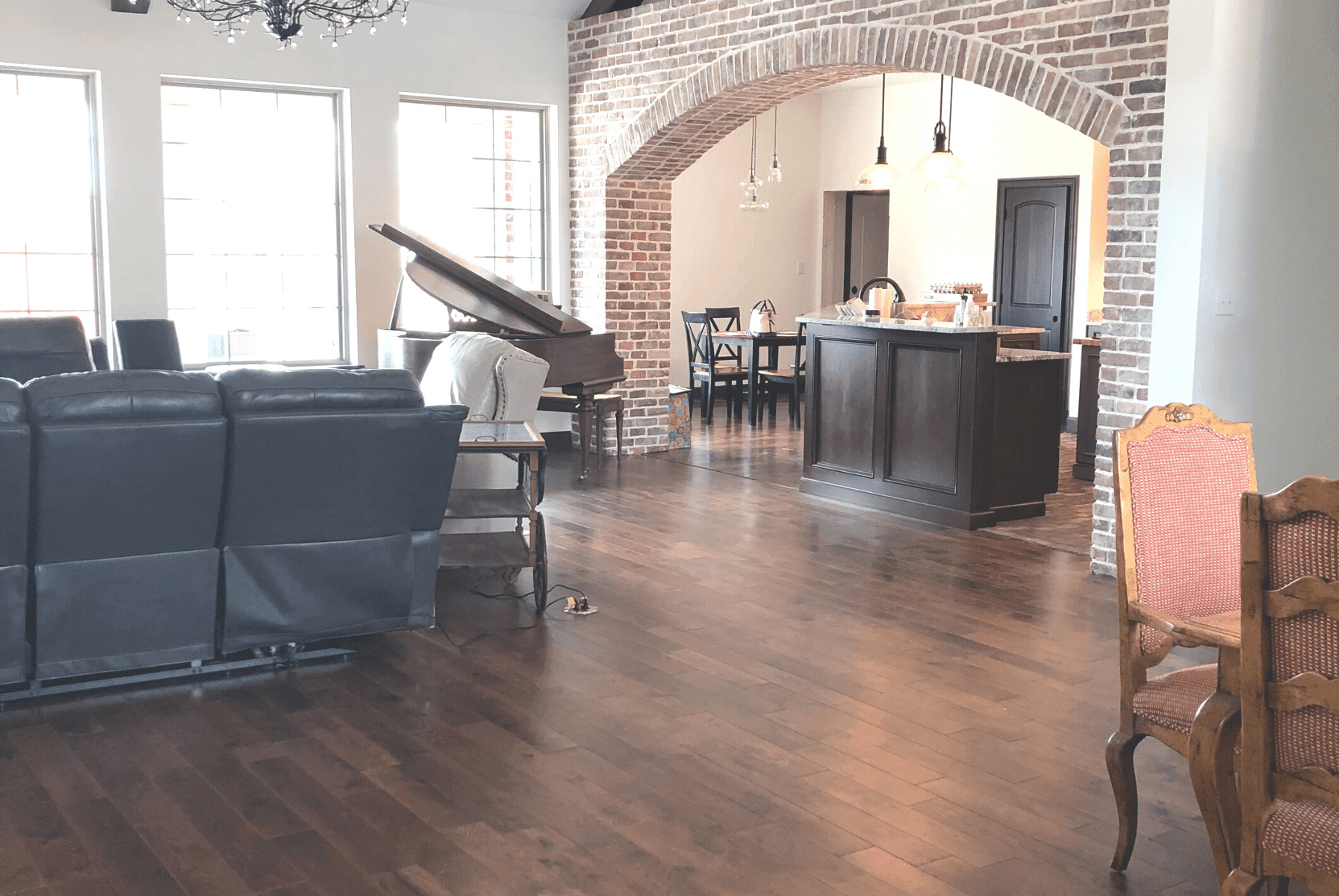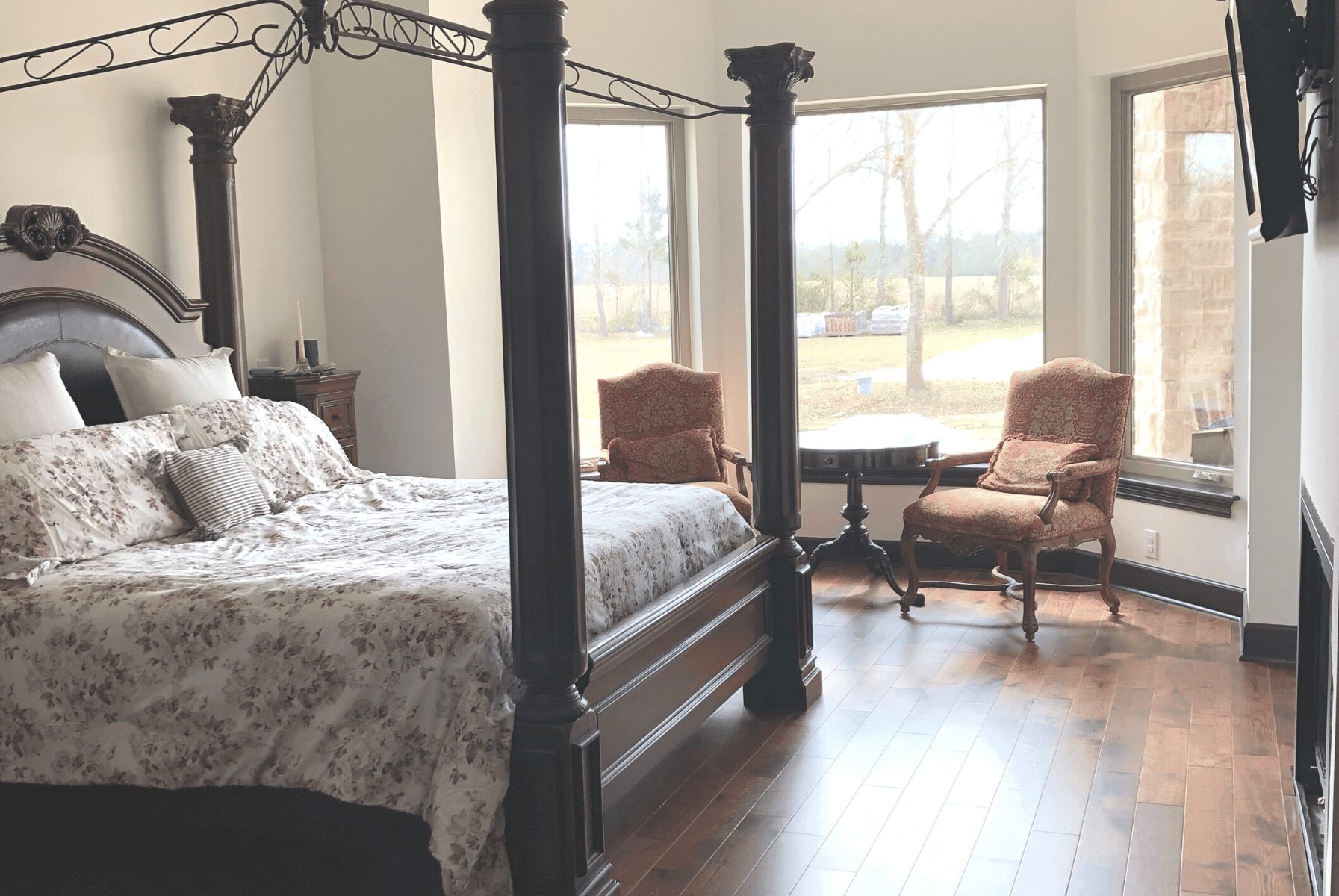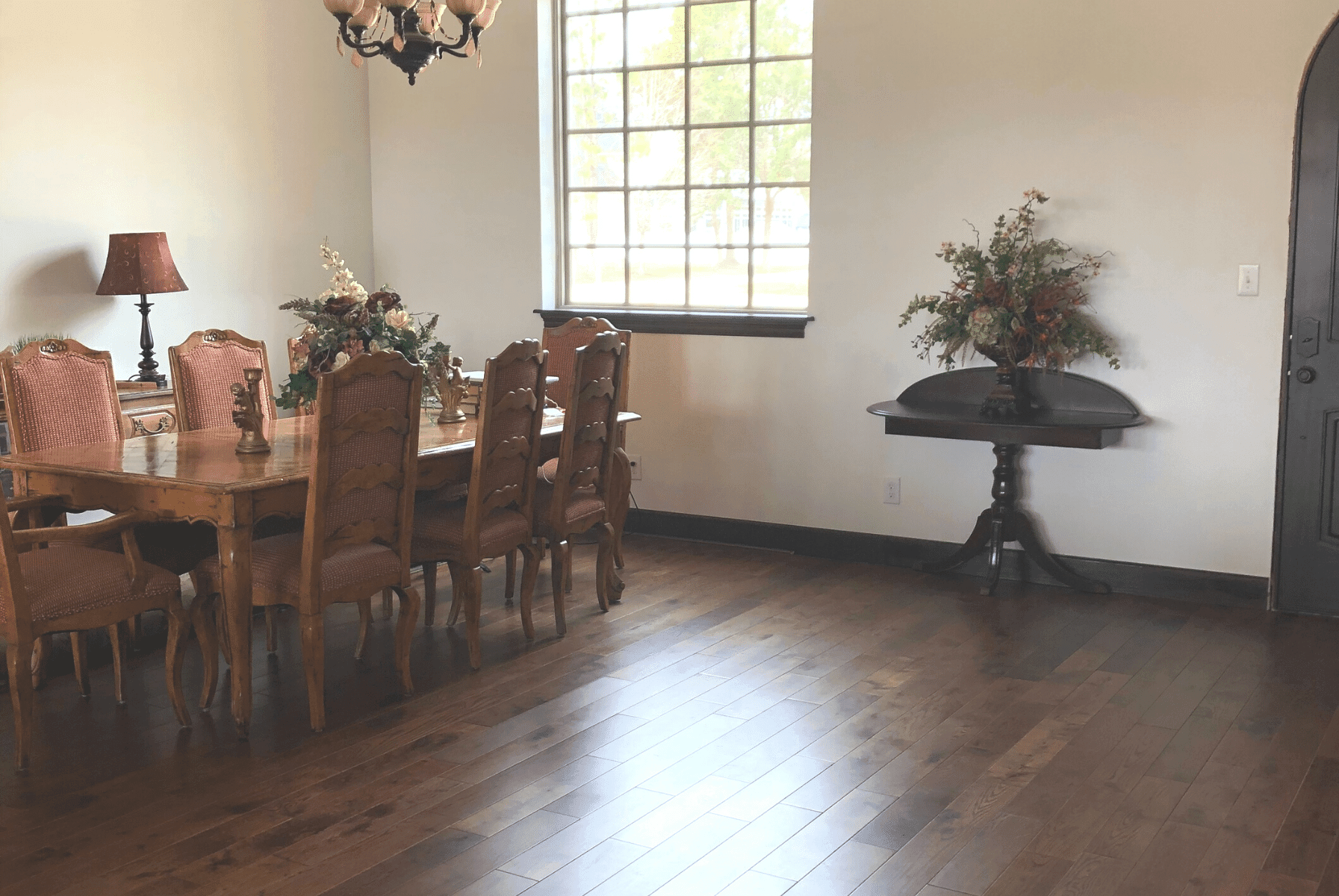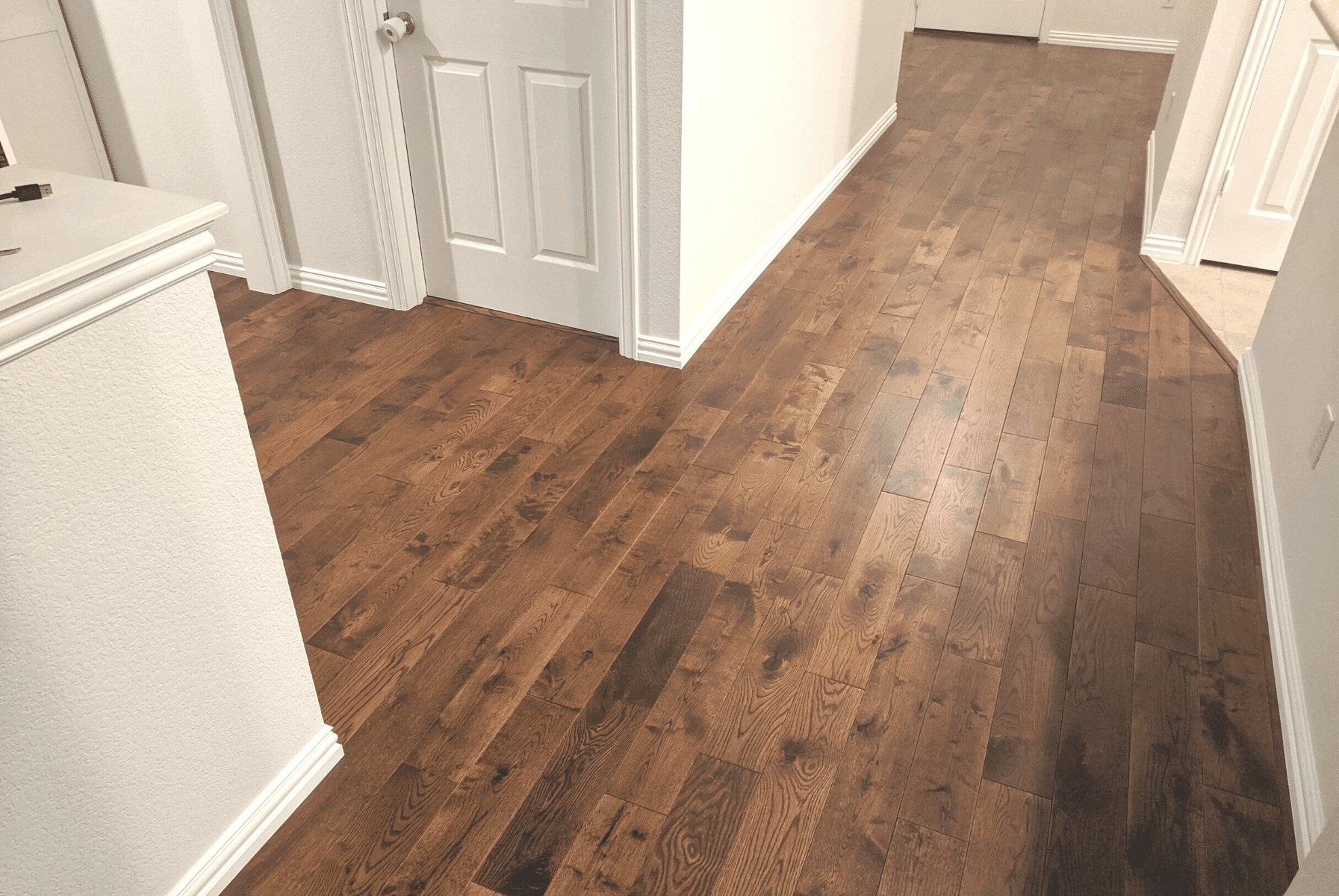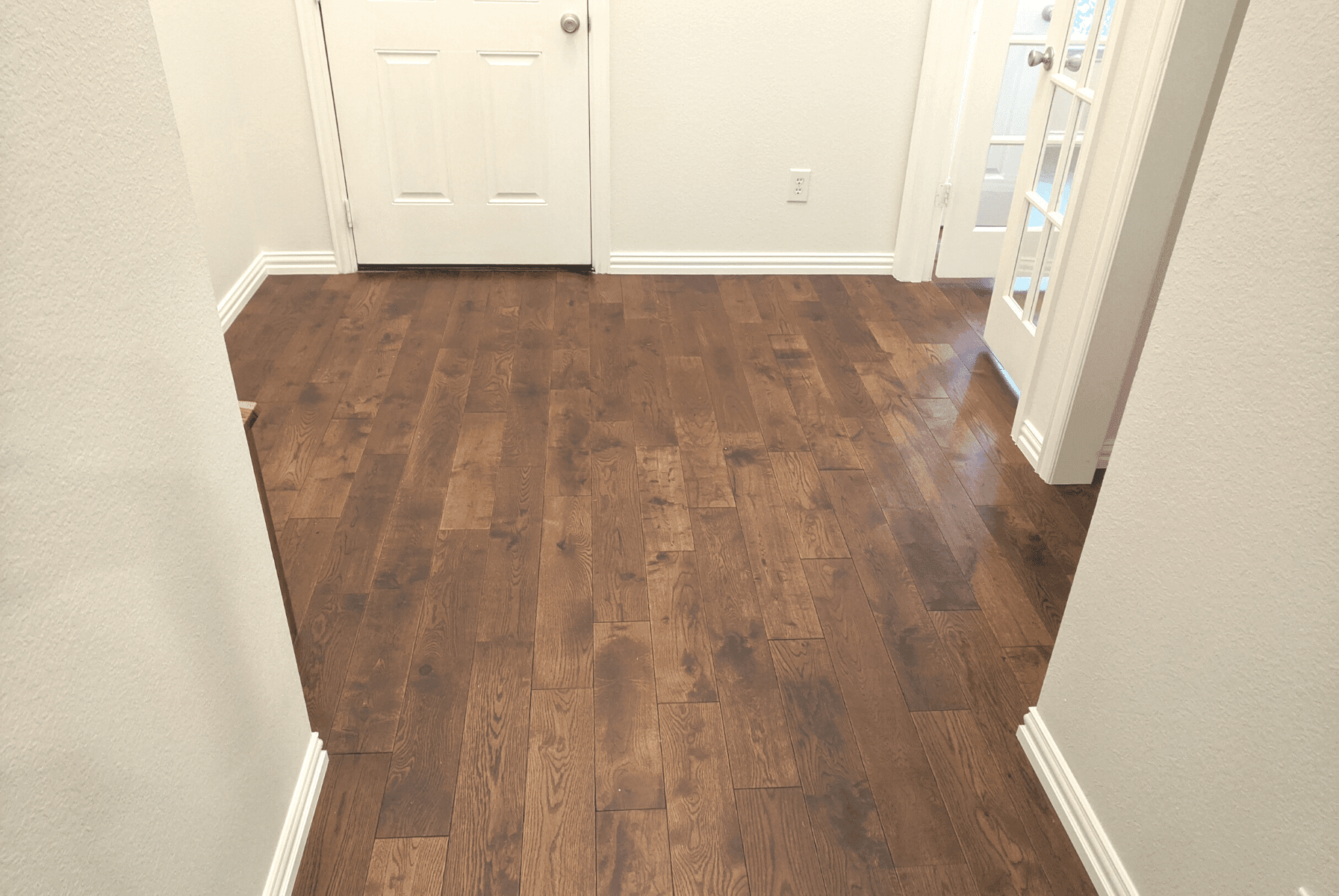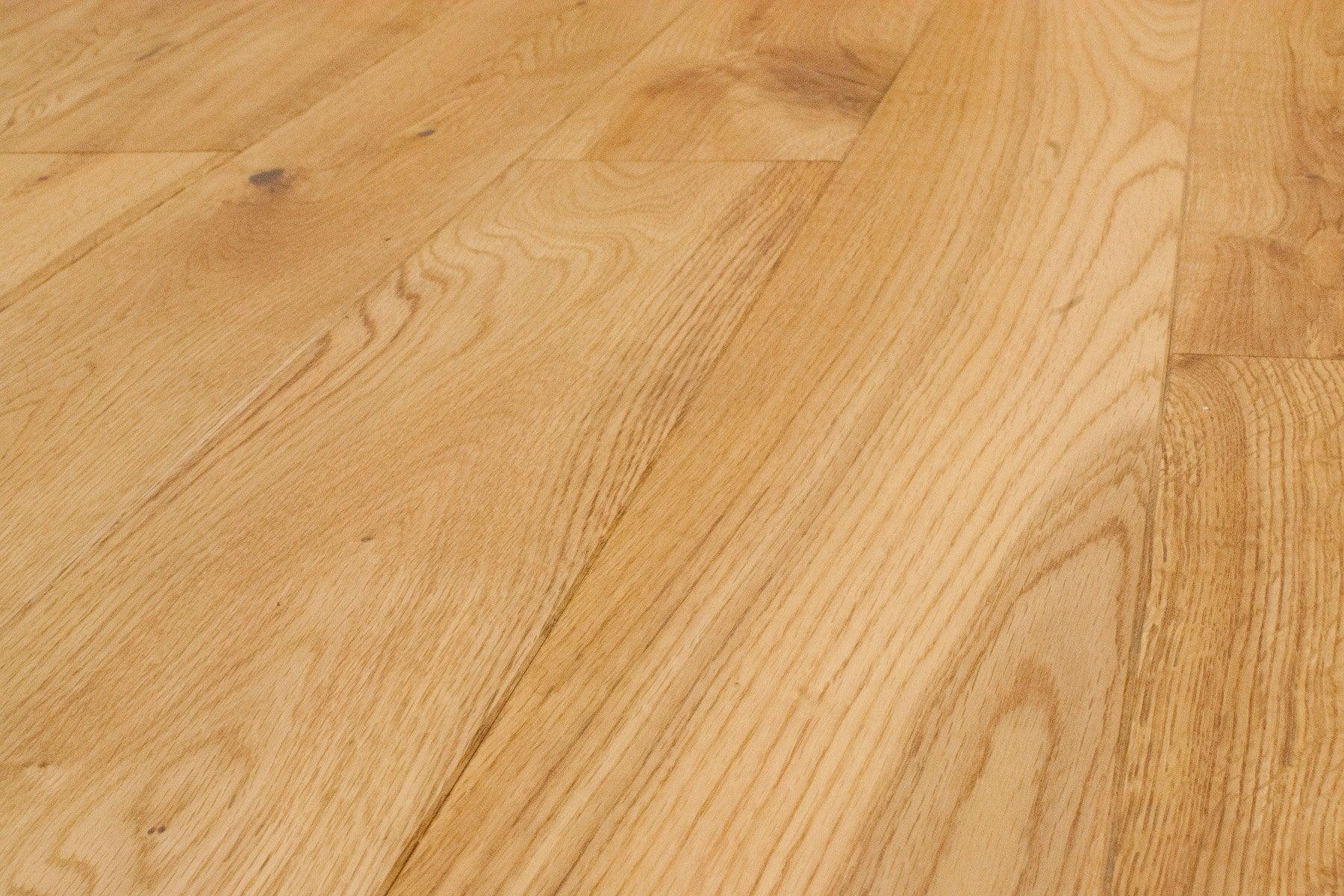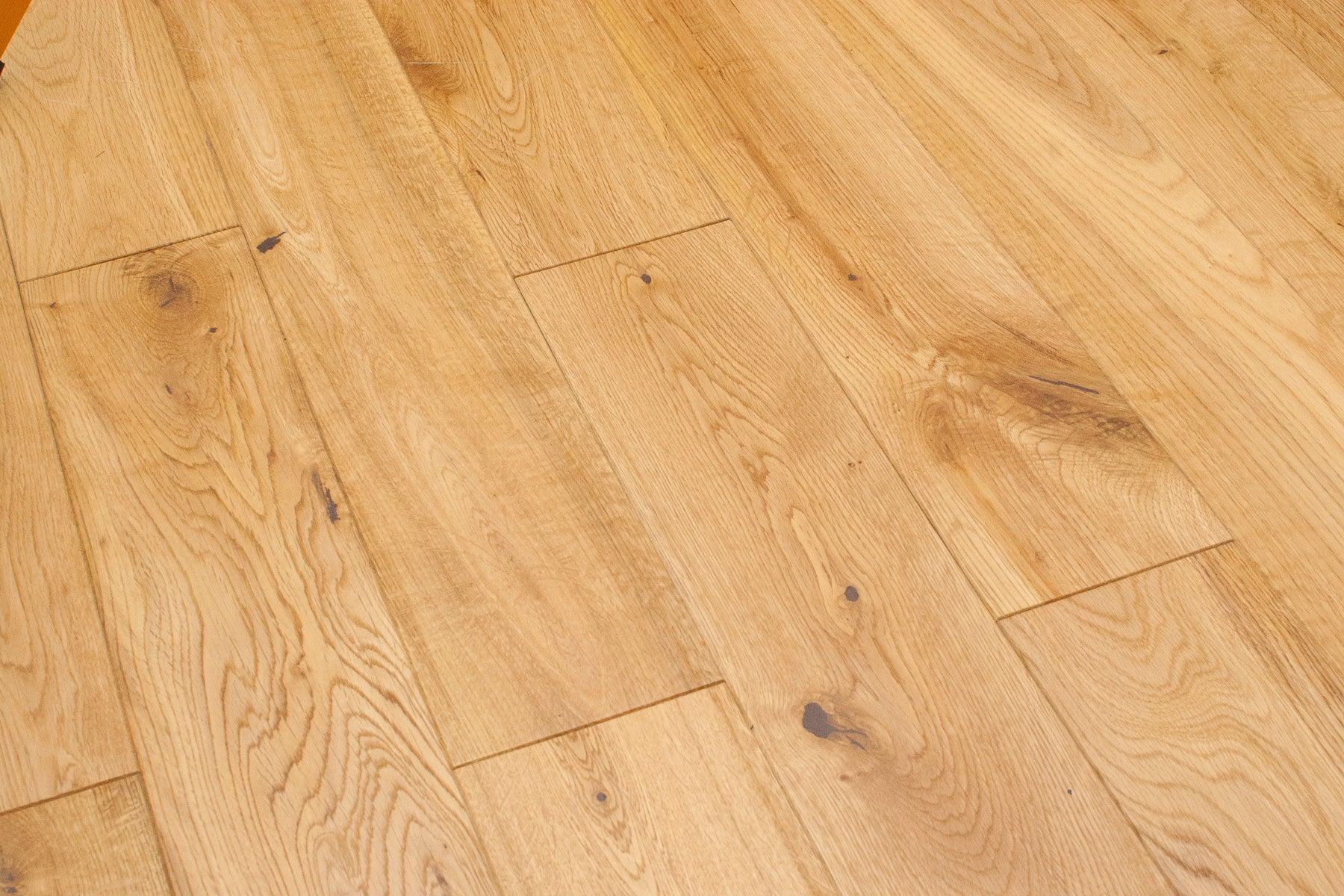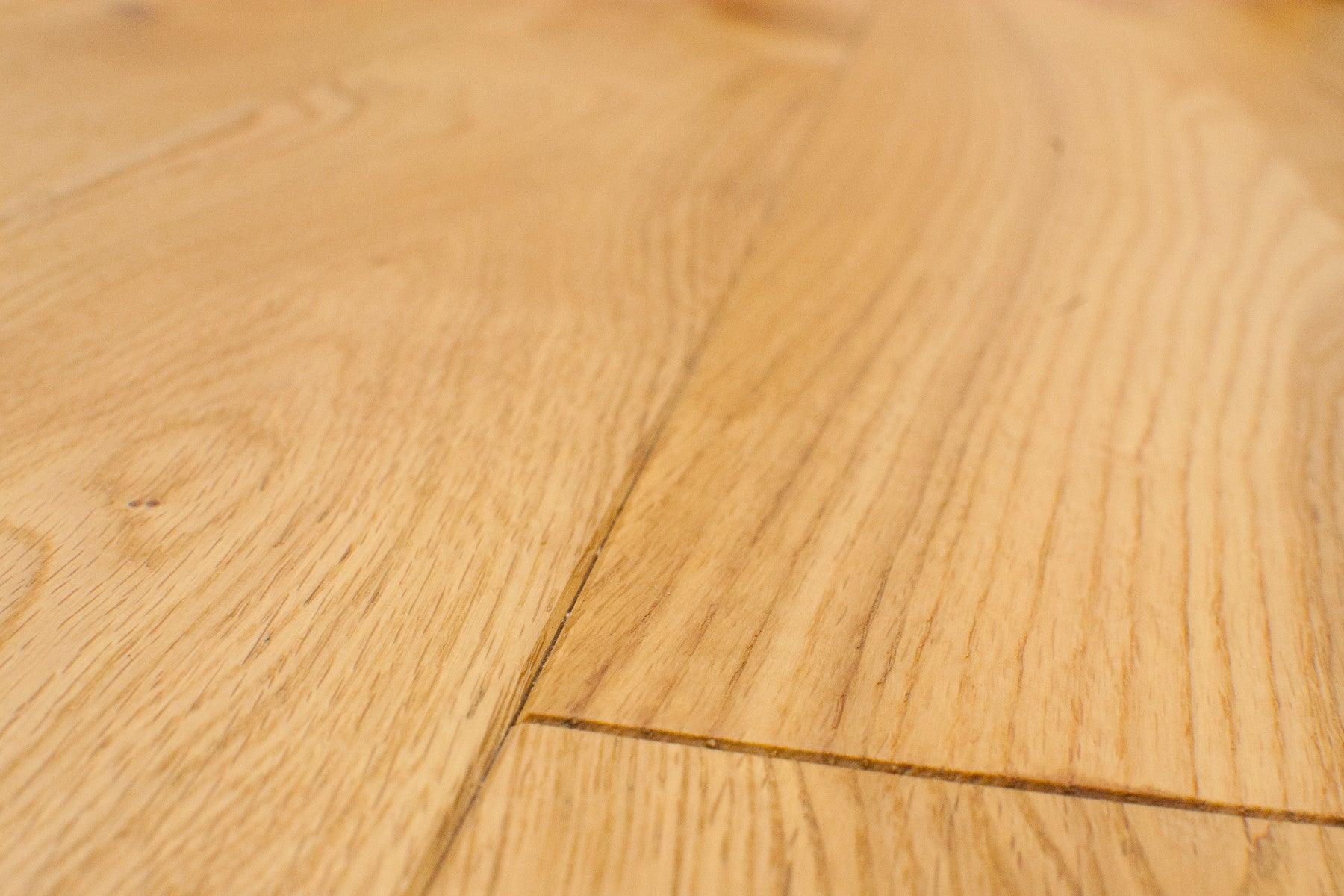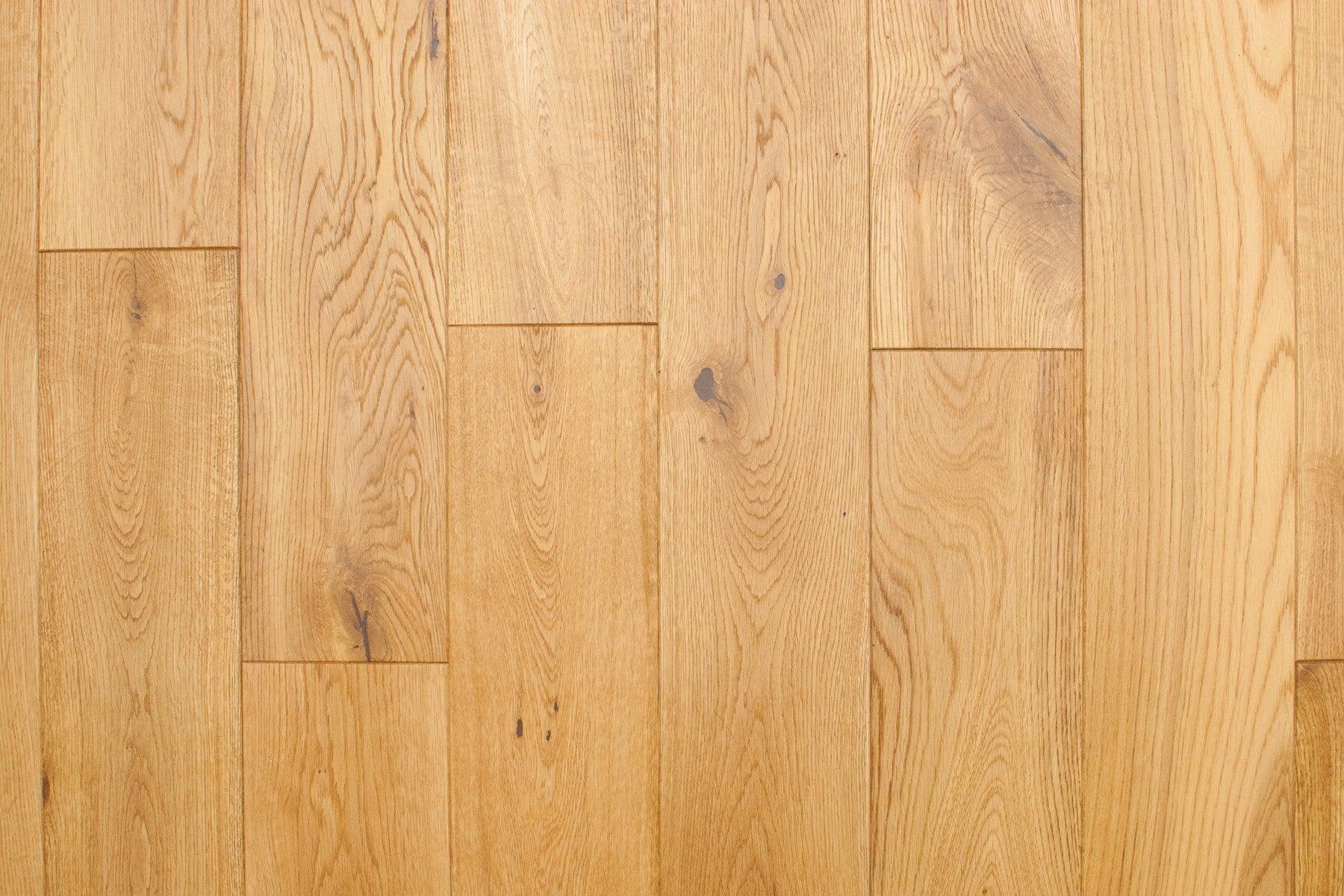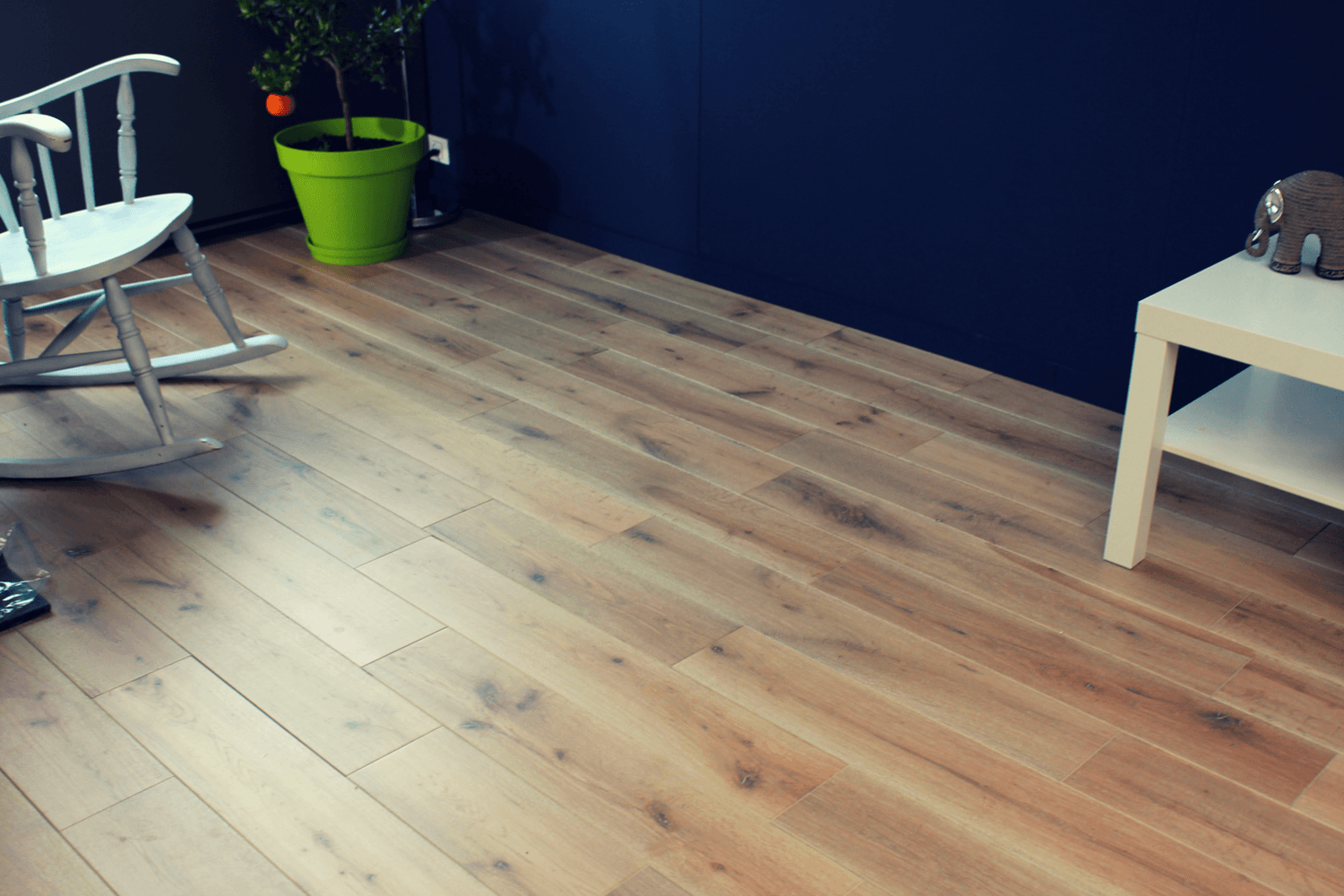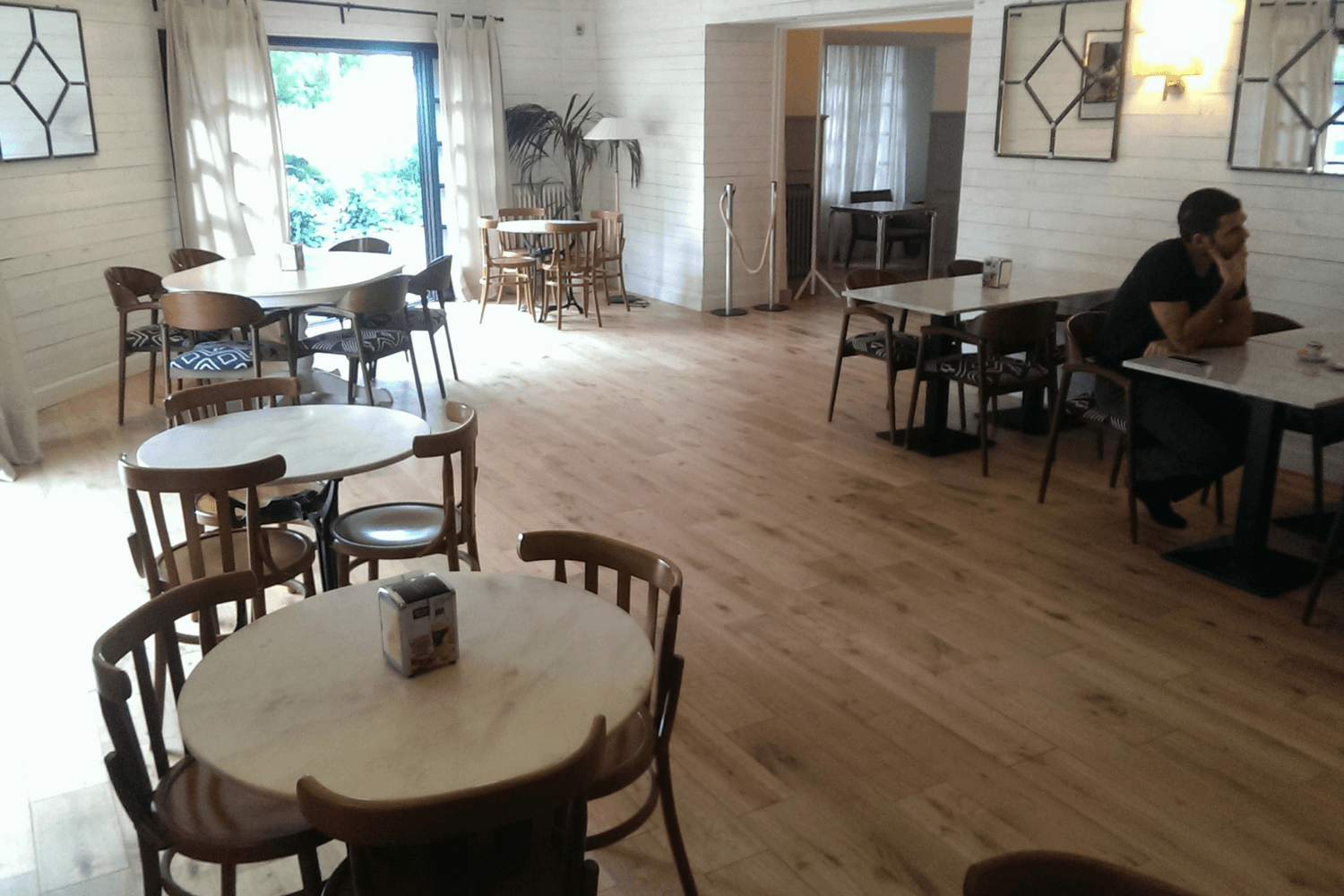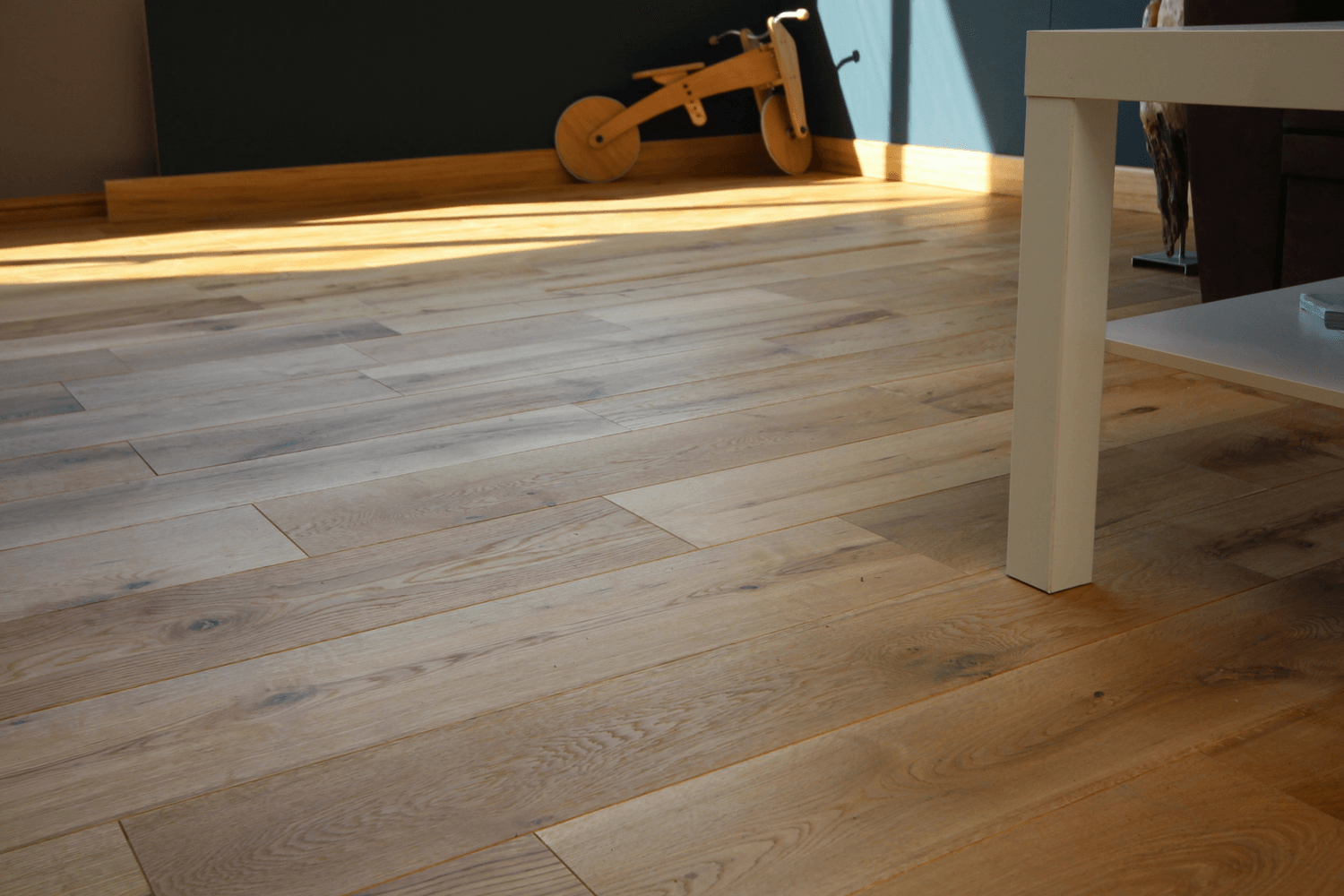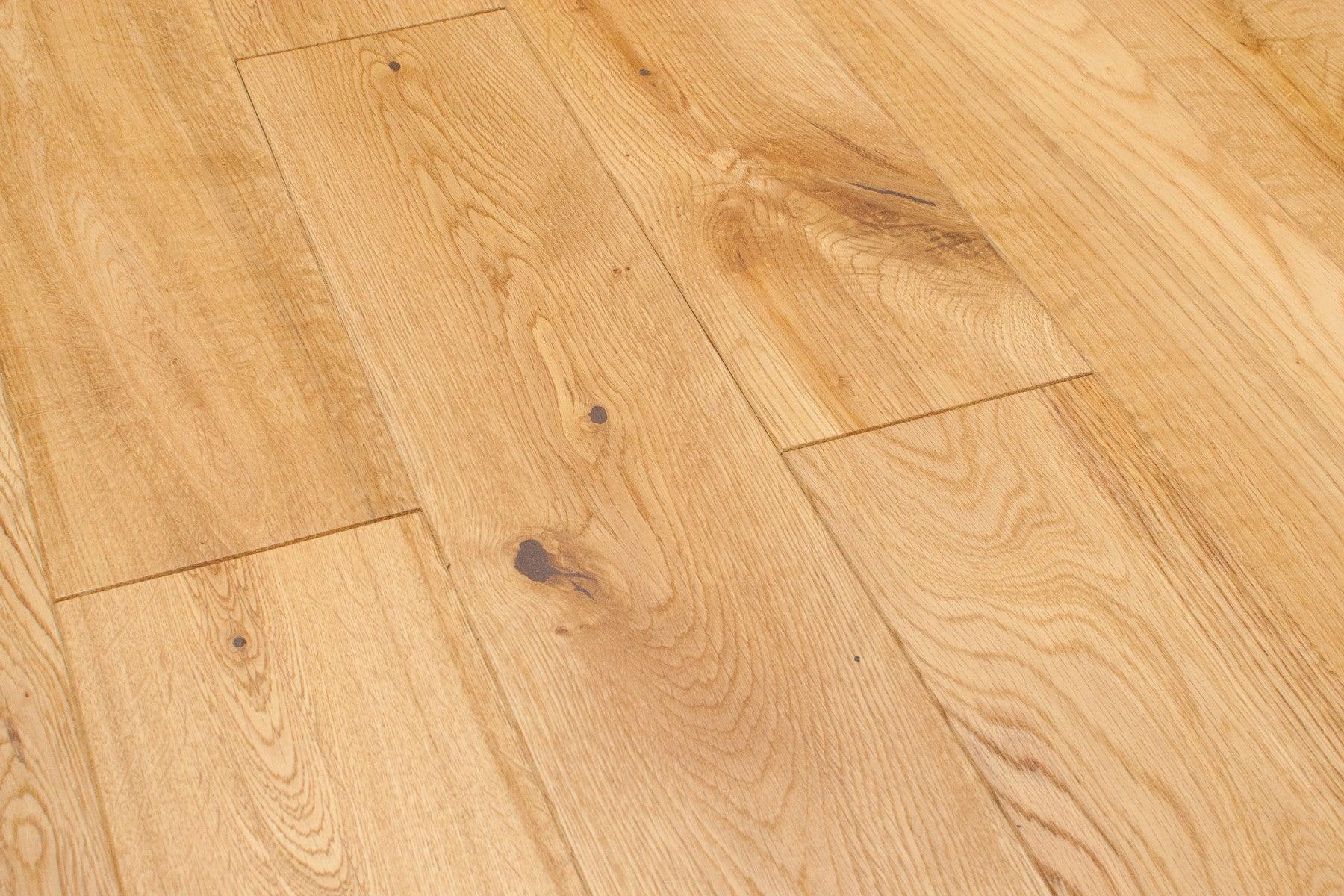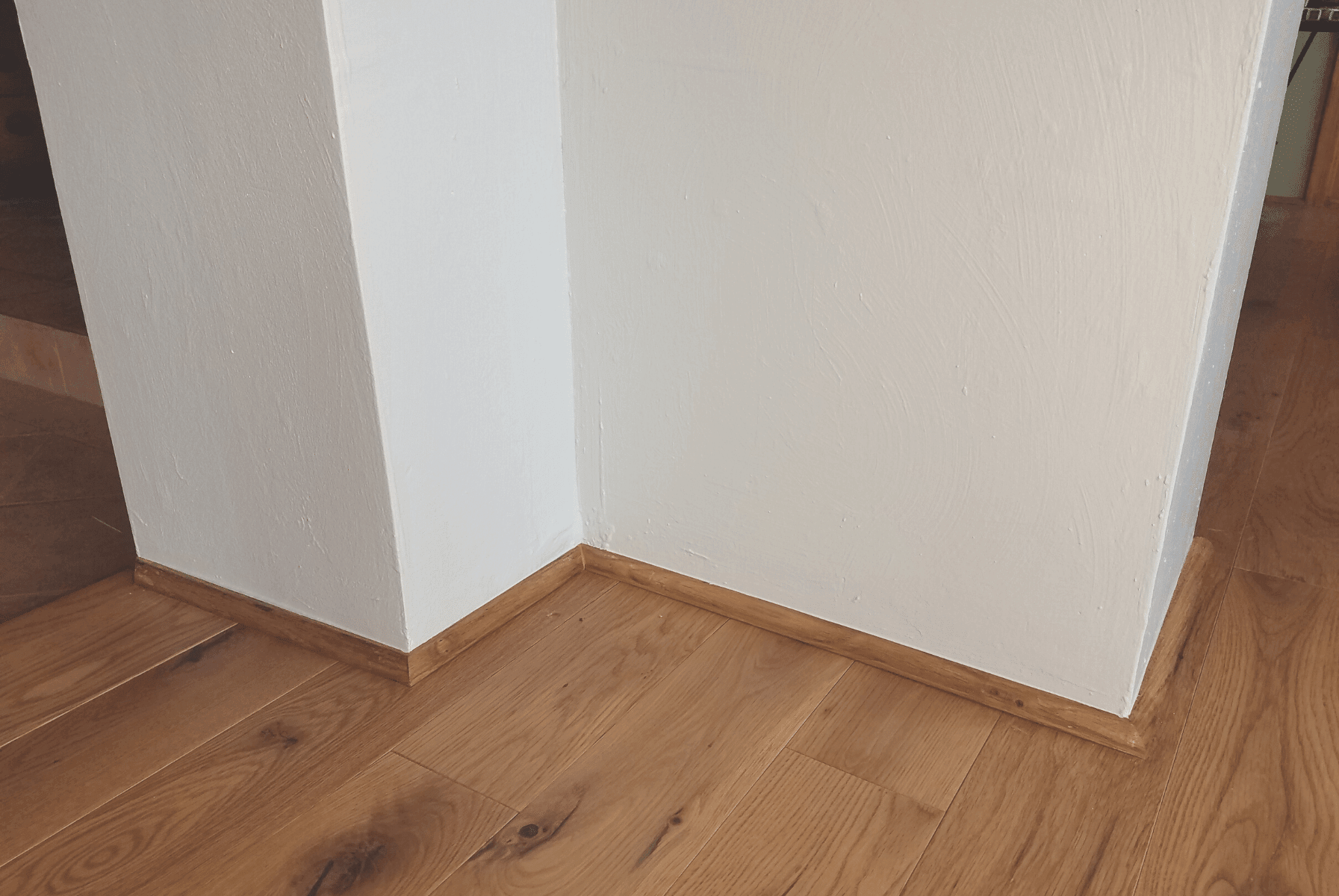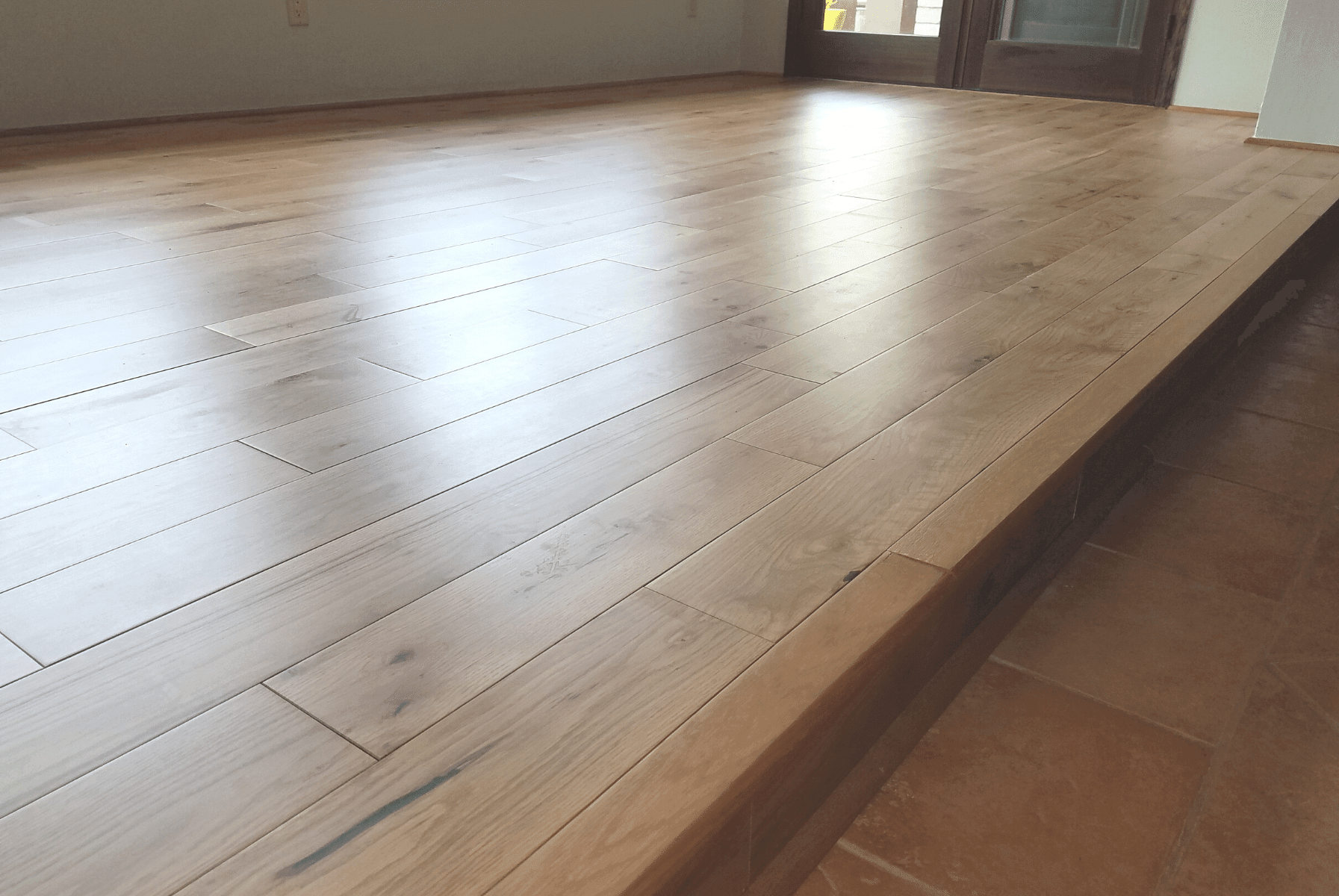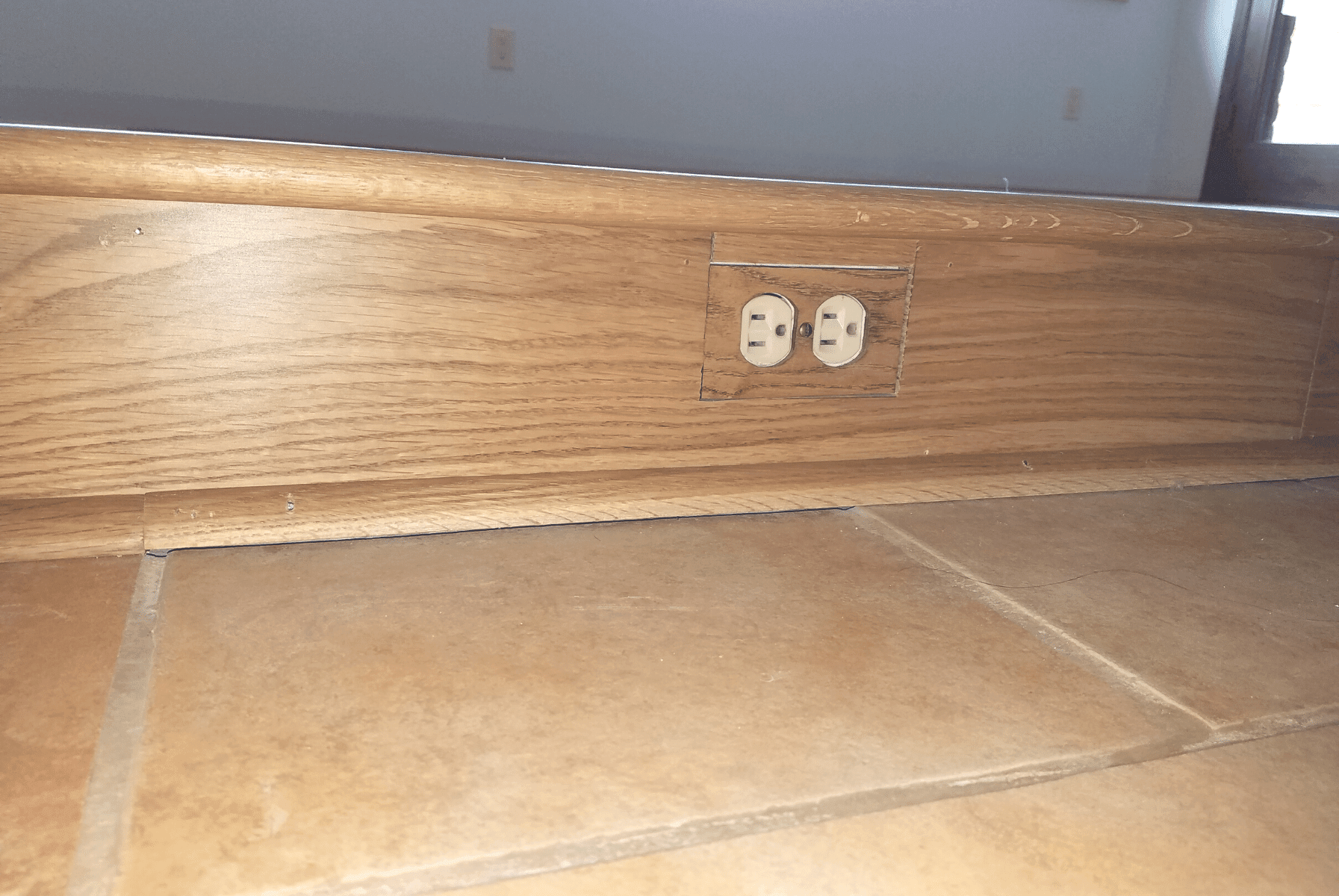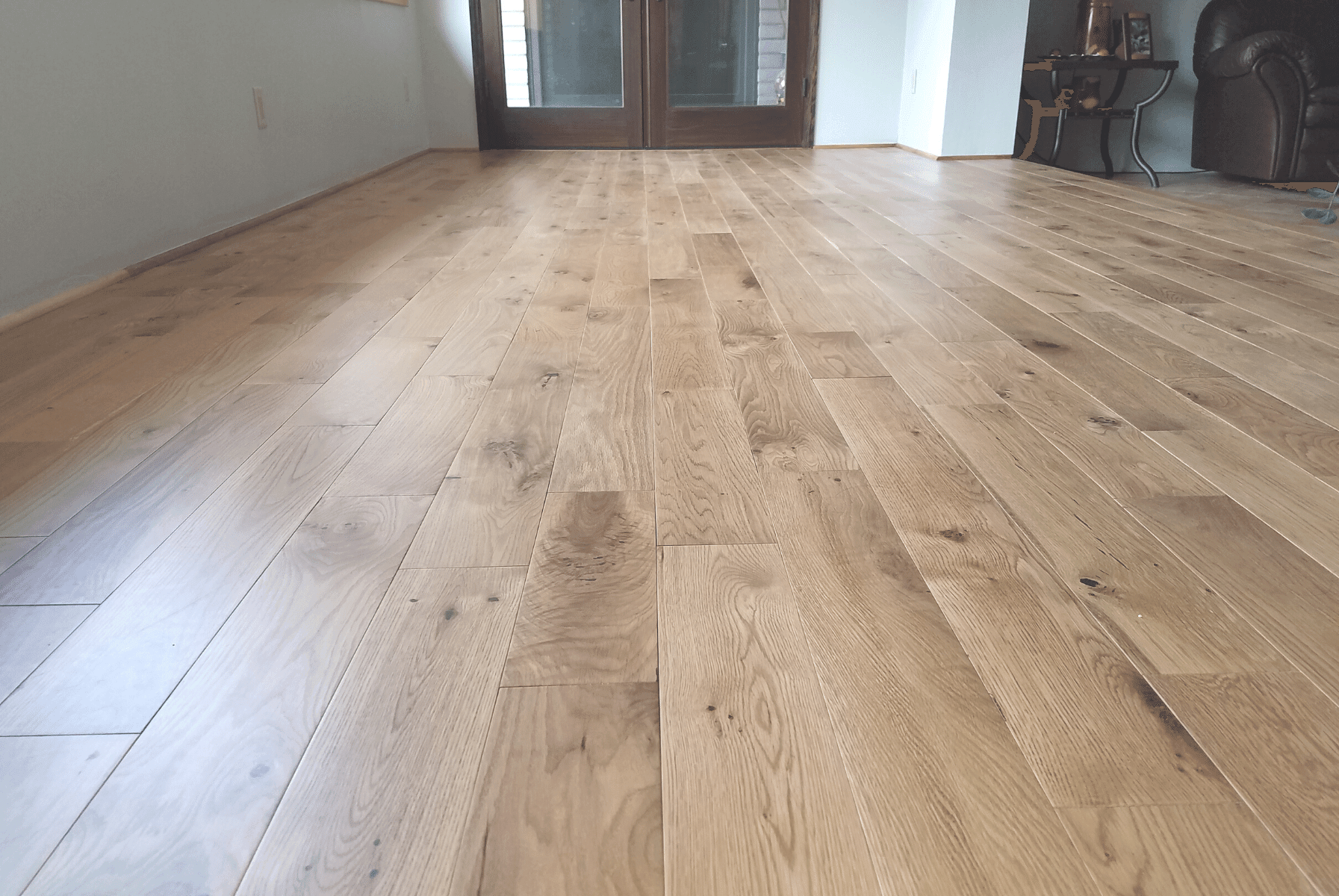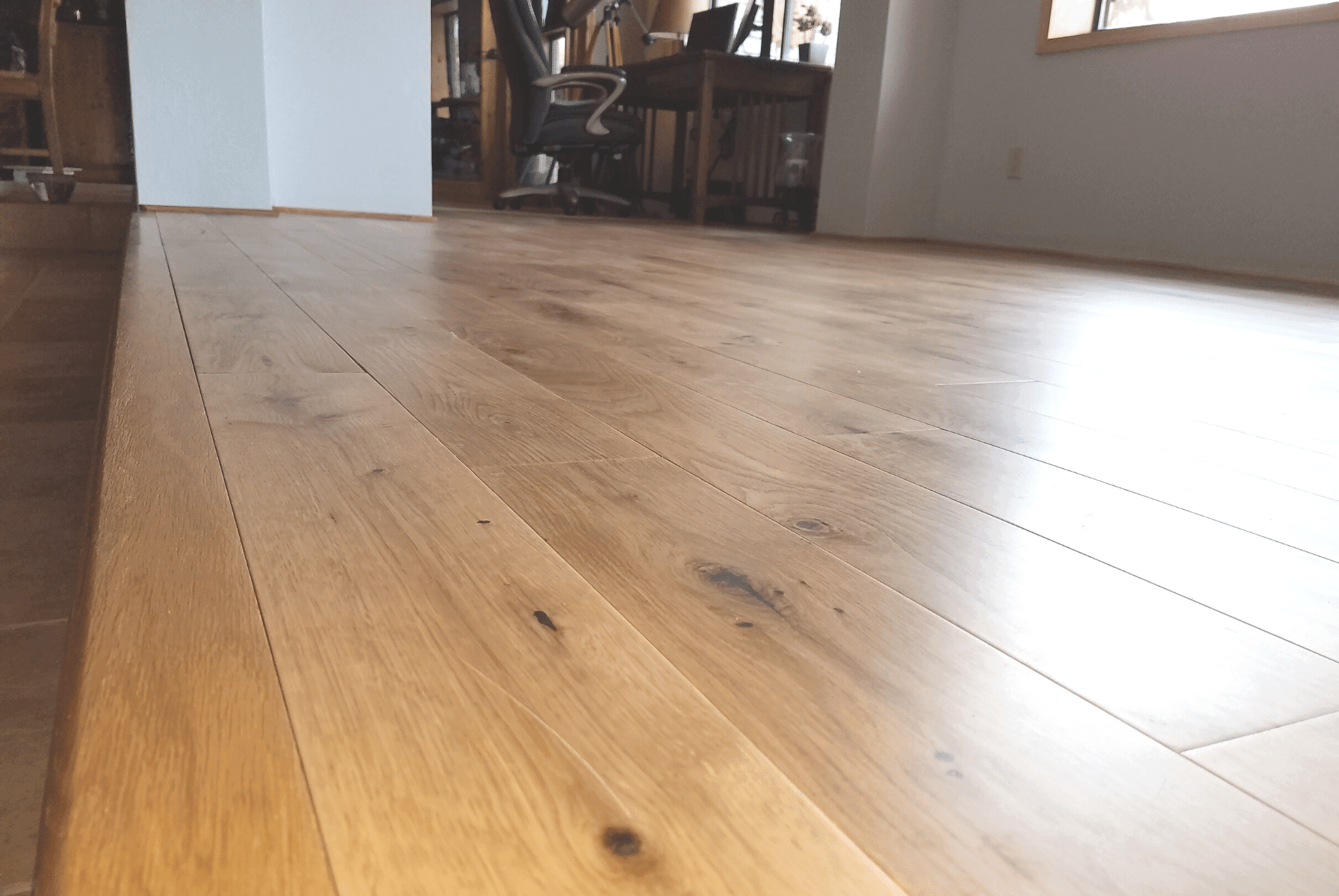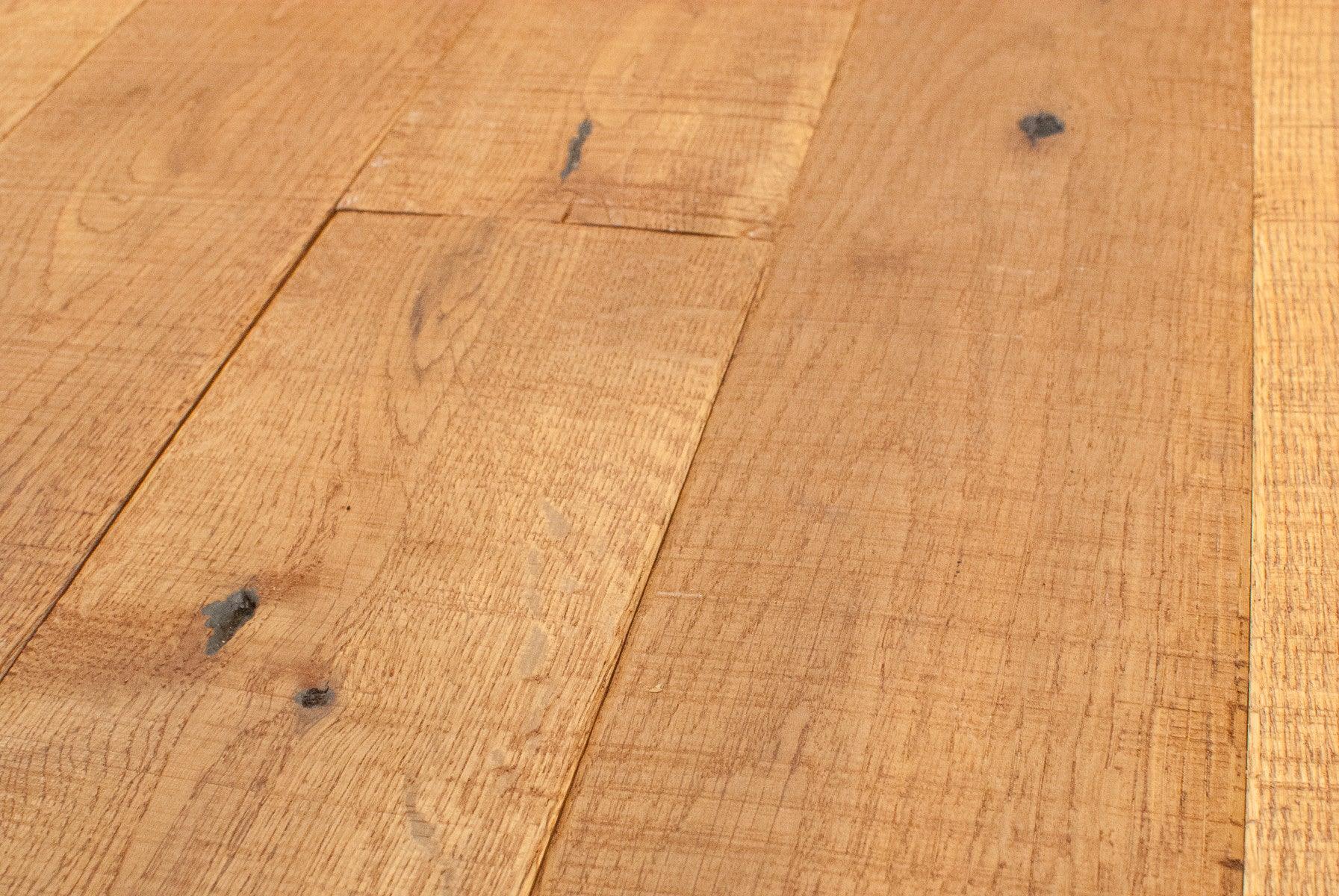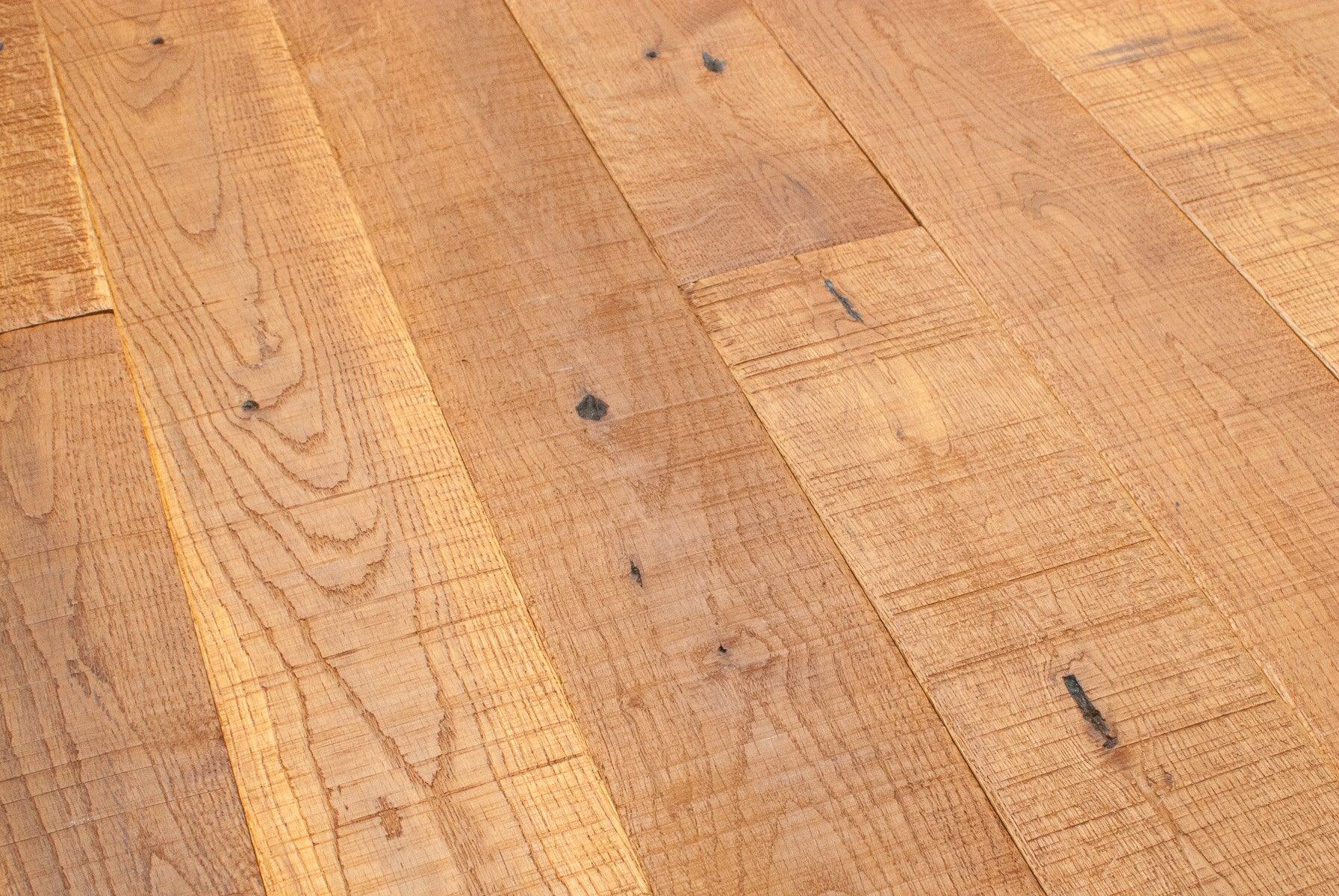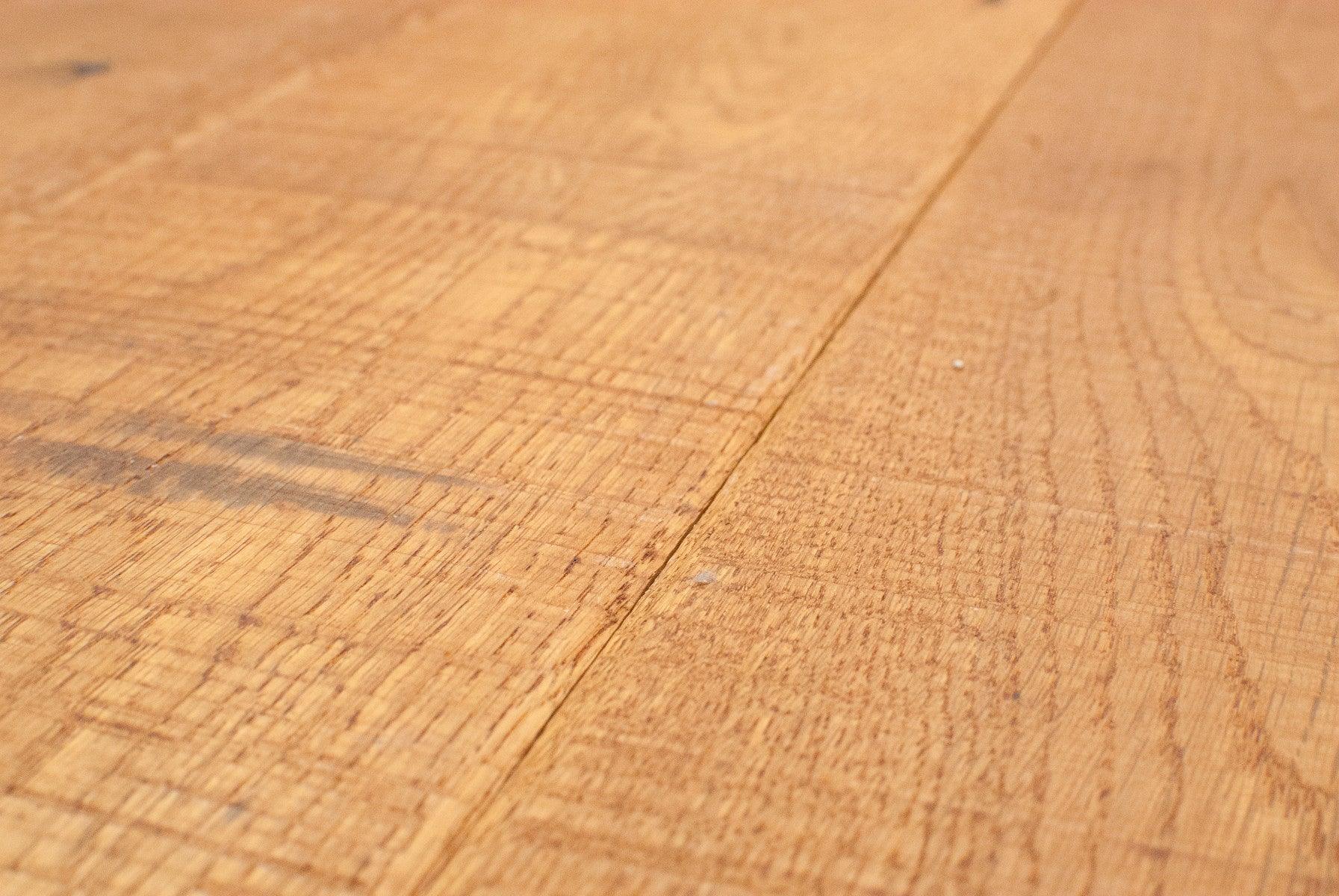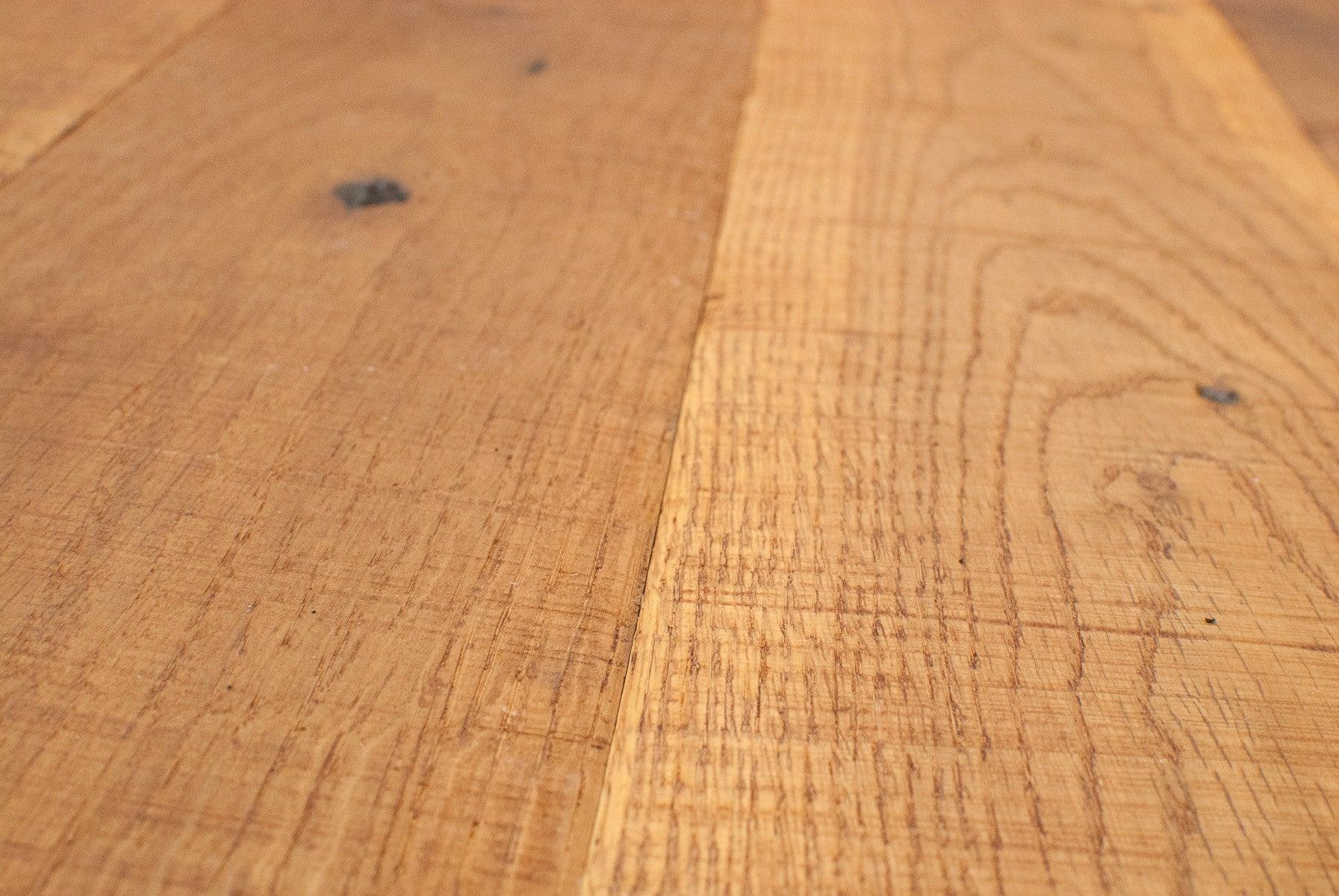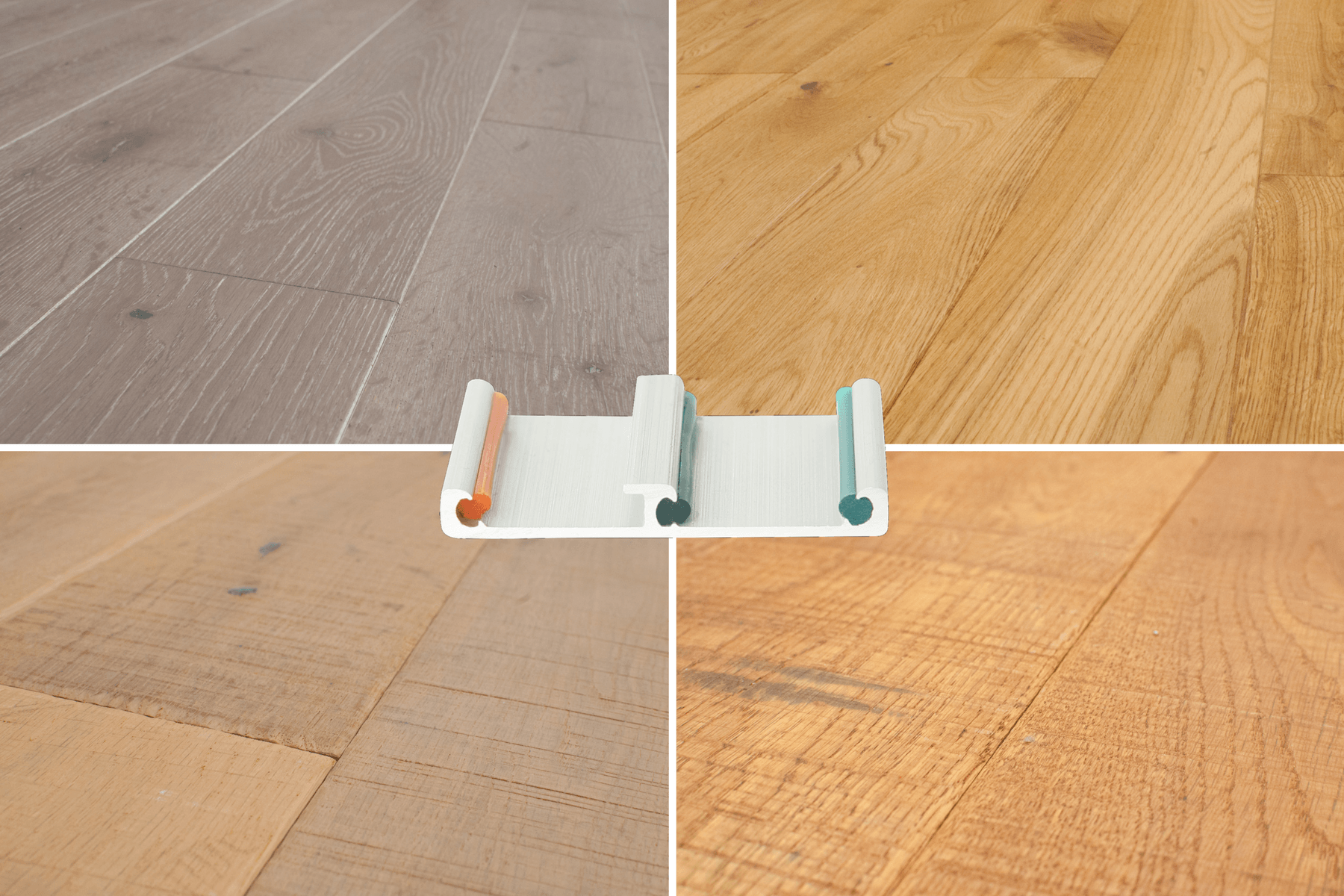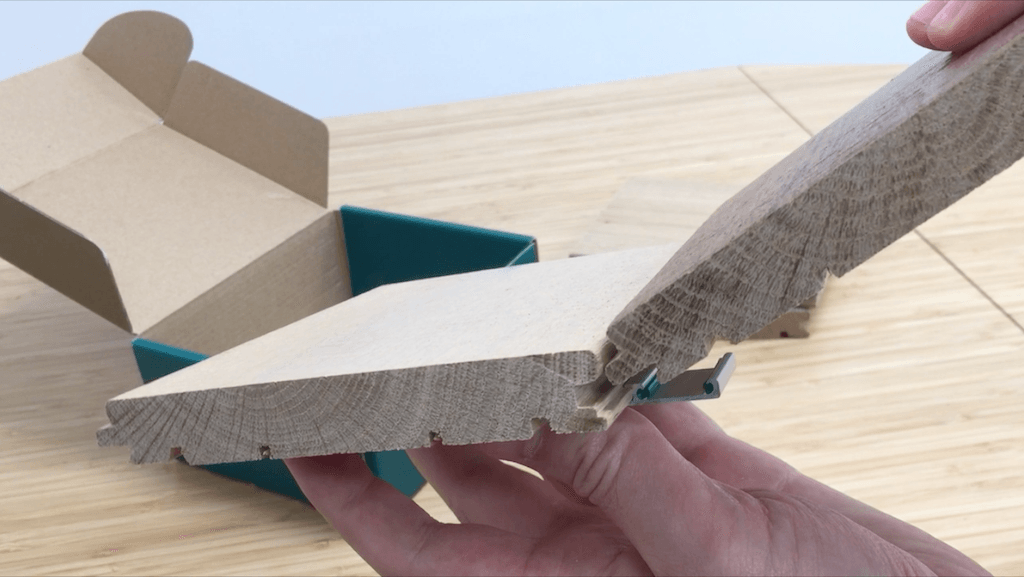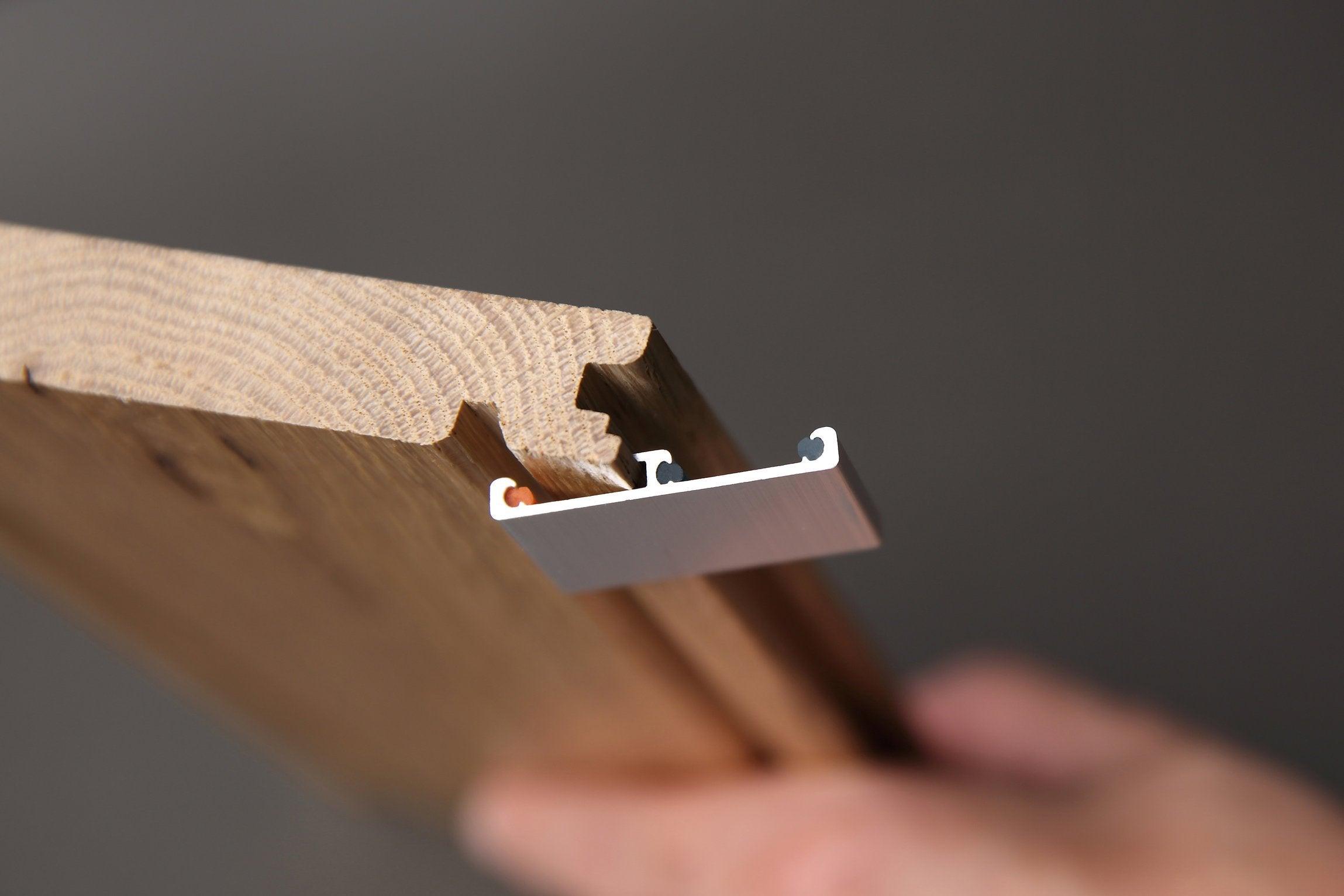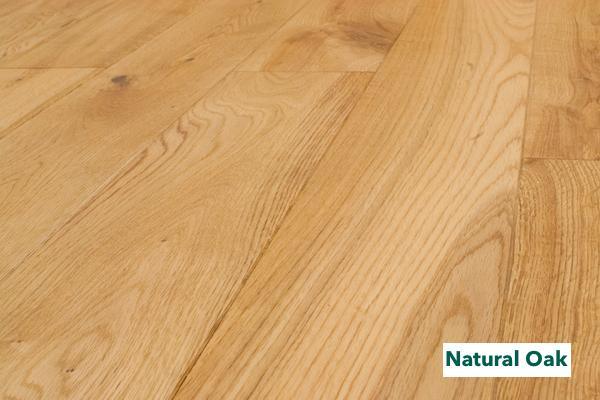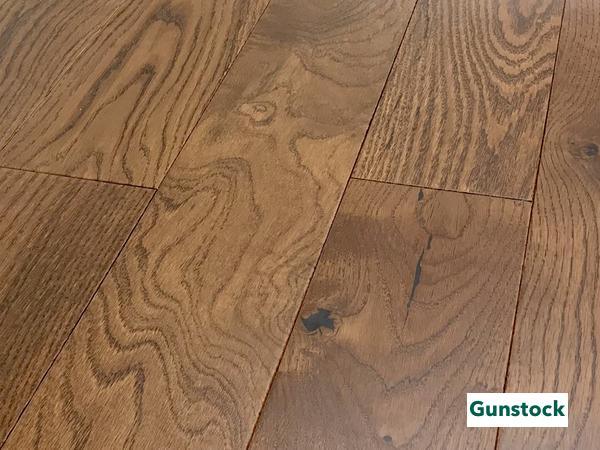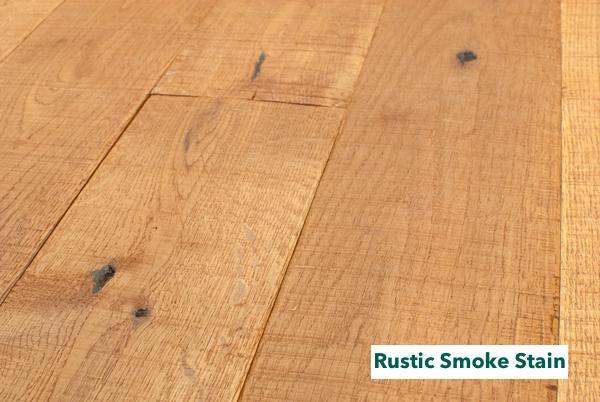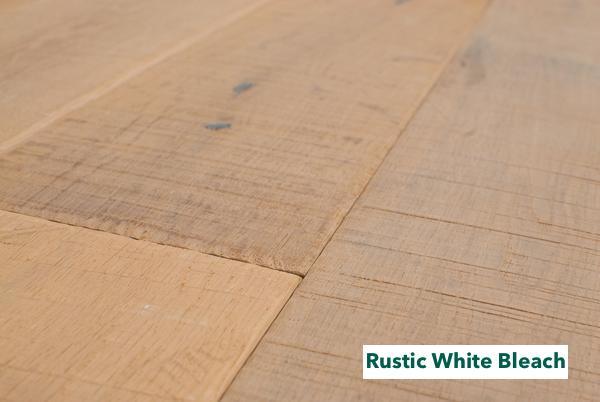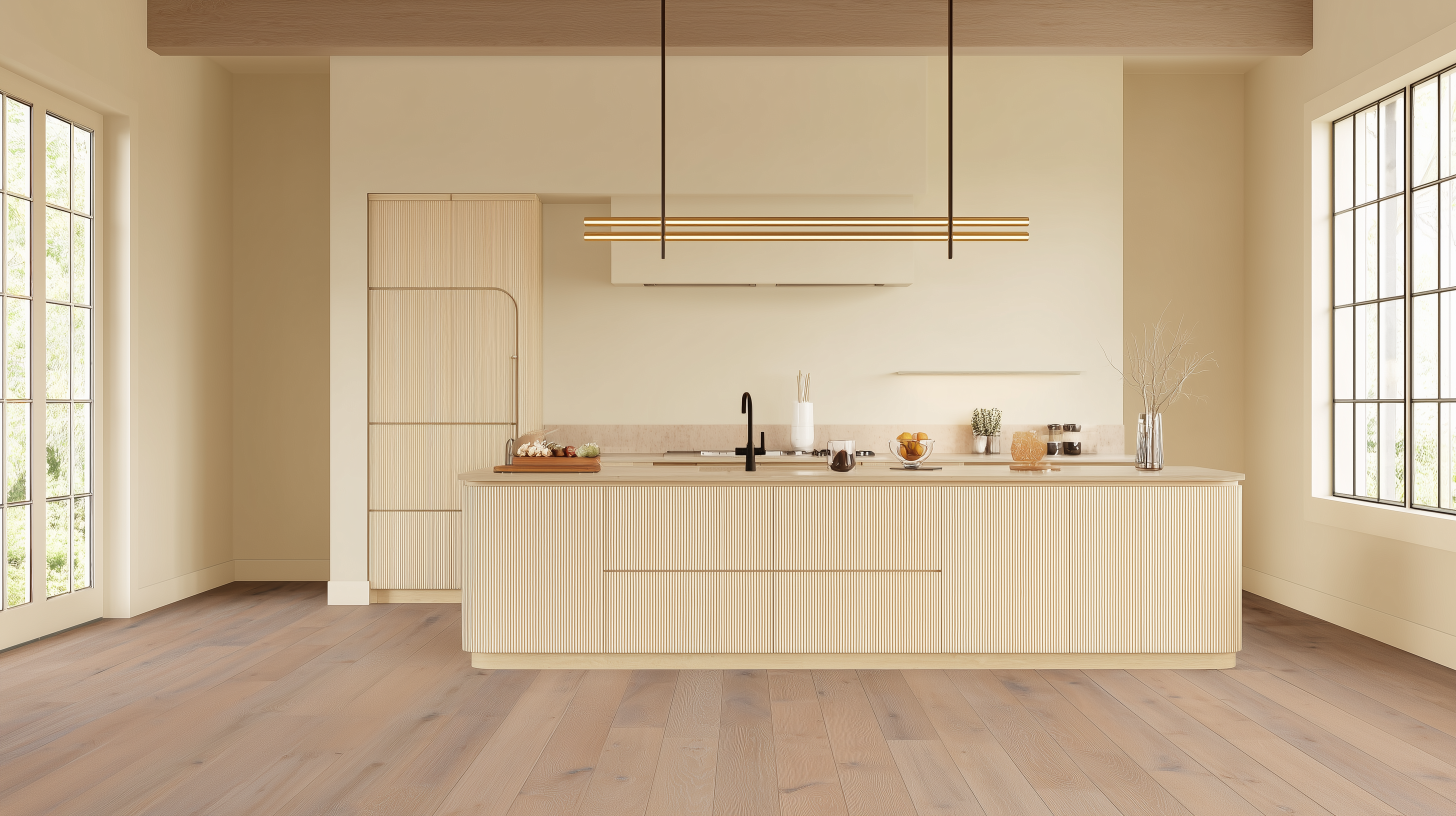Sustainability is no longer a passing trend — it’s a lifestyle choice shaping how we build and design our homes. From the paint on the walls to the floors beneath our feet, more homeowners are asking: Is this material eco-friendly?
Flooring plays a huge role in that answer. Beyond aesthetics and durability, your choice of floor impacts energy use, indoor air quality, and the environment as a whole. Whether you’re renovating your first condo, building a dream home, or simply replacing an old carpet, exploring eco-conscious flooring options is one of the easiest ways to reduce your environmental footprint without sacrificing style.
What Does Eco-Friendly Flooring Really Mean?
It comes with different names – sustainable, green, eco friendly! All of these terms refer to the same thing – a type of flooring made out of sustainable materials and using a sustainable manufacturing process. The point is that this kind of production decreases the demand on our ecosystem by conserving resources like water and energy.
The best eco-friendly flooring should help prevent contributions to land, water and air pollution. Although there are plenty of green flooring materials, not all of them are the same – some are more sustainable than others.
Types of Green Flooring
In this part of the text, we are going to talk about different green flooring options. We are going to explain what kind of materials are used, how are they different, etc. When you have all this information, you will be able to choose the best type.

Bamboo: Renewable but Not Without Concerns
Most of us already have some information about bamboo in general. Bamboo, as one of the green flooring ideas, has a lot of advantages and some drawbacks.
Although the plant itself is a type of grass, it behaves like wood. It means that you can even refinish it when necessary. According to sustainability activist Antonia Ko, many people who aim to have natural, renewable elements in their homes will choose bamboo. It is a much better option than any kind of wood because it can be harvested without consequences every five to six years she adds.
More importantly, only the stacks are harvested, while the root stays in the ground, allowing for the new plant to grow. There are some concerns when it comes to the manufacturing process of bamboo flooring. The thing is that besides manufacturing processes use heat and pressure, manufacturers use resin-based adhesive to compress the stalks. One of the ingredients of this adhesive is urea-formaldehyde that creates a carbon footprint.
:max_bytes(150000):strip_icc()/cork-flooring-pros-and-cons-1314688_hero_0032-9ed702033d384a5aad92329dc679a300.jpg)
Cork: Comfortable and Naturally Insulating
Before it becomes a floor, cork lives its life as bark of mainly southern European oak trees. People responsible for collecting it to make cork flooring do it carefully, making sure that trees don't get damaged during the process. The good thing is that unlike wood, cork is ready to be harvested again in about nine years. Cork is a sponge-like material and comes with countless air pockets which are typical for cork flooring.
Cork comes with a huge list of benefits: it is beautiful, comfortable, it contributes to noise reduction, it is healthy and safe, and it is durable and easy to clean. The main downside of cork is that there can be some gas emissions during transportation from southern Europe to the U. S and Canada. However, the same situation is with bamboo flooring, because bamboo mainly comes from China.
![]()
Linoleum: The Original Green Flooring
It is funny, but many people don't think of linoleum as a natural flooring option, even though it is. That is because it is commonly confused with vinyl. Although they are both resilient flooring materials, and they have some similarities, they are very different. The main difference is that, unlike synthetic vinyl, linoleum is made of all-natural materials. It is comprised of linseed oil mixed with cork dust, wood flour, and pine resin, which are pressed into sheets and used as a flooring option.
Judging by the looks of it, you might think it is a new invention, but it was first discovered 150 years ago. Linoleum is generally water-resistant, but it doesn't mean it can't get damaged because of moisture, so it is crucial to dry it after washing. However, it is still considered one of the most durable materials and Linoleum is considered to be one of the greenest materials for flooring.

Carpet: A Modern Take on a Classic
Carpets are a bit controversial – some people like them, while others think they are too old-fashioned and a bad option if you live with pets. Then again, while we are talking about sustainable flooring and carpet, it is essential to say that things have changed there over the years.
Although it wasn’t the case in the past, most carpets that we have nowadays are made of recyclable materials. However, some carpets hold mold, dust, and other allergens, so having them can be harmful to your health. However, if you opt for types that are made of natural materials like wool, jute, seagrass, etc., you are on the safe side.
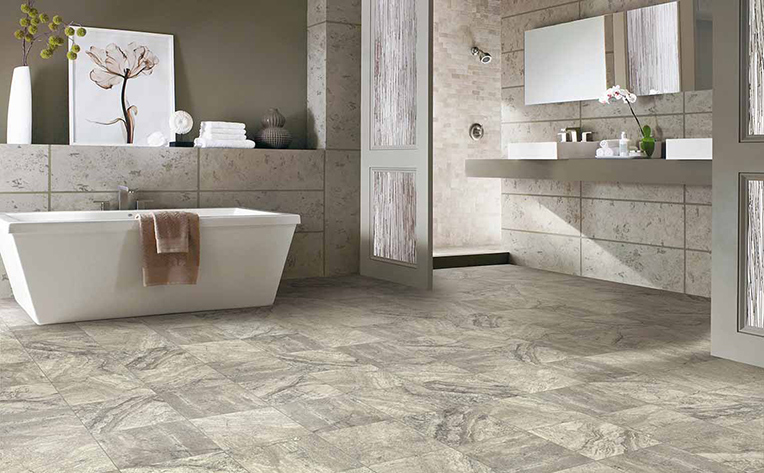
Ceramic & Porcelain Tile: Long-Lasting and Recyclable
Surprised that ceramic and porcelain are green? Yeah, a lot of people don't think about it but actually, they are green from start to finish because they last super long, they are moisture-resistant, and their manufacturing process is entirely eco friendly as they are born by mixing clay, sand, and water. Plus, they are perfectly recyclable.
People like these tiles because they come in various designs and colors, so it is easy to combine them with all kinds of furniture options. Although some people use them in living rooms as well, for the majority, they are ideal for flooring in kitchens and bathrooms.
There are several downsides here, as well. One thing is that because the designs are always changing, there is a risk that the ones you installed become outdated after several years. Besides that, you need to put a lot of care into cleaning when you have this kind of flooring because the spaces between the tiles present a fertile territory for the birth of bacteria and mold.

Solid Hardwood: The Timeless, Sustainable Choice
A quality solid hardwood floor that is built to last can be one of the most eco-friendly options of them all. Be careful though, we’re not talking about engineered hardwood, laminate or WPC flooring here as those types tend to not last as long as natural hardwoods and have more complex and environmentally damaging manufacturing processes.
A solid ¾” hardwood floor, like the white oak hardwood flooring from Easiklip, will easily last up to 50-70 years. You can sand and refinish it many times making it a “chameleon” of flooring that can be changed to match shifting design trends throughout the years. This alone makes it far superior to the aforementioned options because anything else would have to be ripped up and thrown away which of course leads to more land pollution.
A product that lasts so long means that resource extraction from our forests is minimized and air pollution from transportation is reduced as well. Hardwood also looks beautiful in any home and adds a sense of tranquility when you literally have a slice of nature inside your living space.
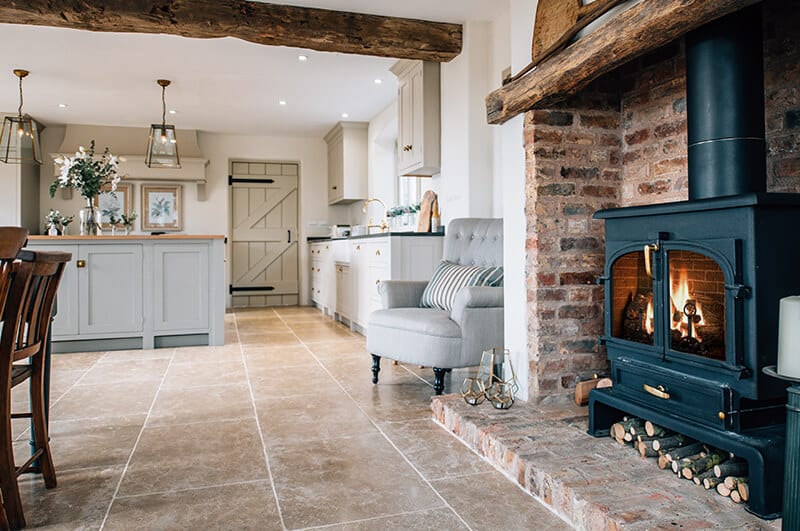
Natural Stone: Built to Last, But Heavy to Ship
Stone flooring is gaining popularity rapidly. What is amazing about stone, beside the fact that it is 100 % natural, is that it lasts forever, it is super accessible, and it is recyclable. However, maybe you heard that it is not green and you are wondering why now?
How can a stone be anything else than environmentally friendly? Here is the thing. Depending on where the stone was extracted from, it may have to travel a gread distance to arrive at your home. And stone is very heavy. Nonetheless, as there are similar concerns regarding other materials as well, we can’t really say that’s enough to rule out stone as an eco-friendly flooring option.
To make sure that it is as green as possible, you can try to find a type extracted from a quarry relatively close to your home, or at least in the country of your residence.

Leather: Luxurious and Warm Underfoot
You probably considered leather as much as you did rubber. But lately, it is becoming quite popular as a green flooring option. People like to have leather flooring in bedrooms because of the soft and warm feeling when you walk on it.
It is pretty durable, and it can look as if it is new for many years. However, as it doesn't react well to moisture, it is not a good option for the kitchen or bathroom.
The Future of Flooring Is Green
Choosing eco-friendly flooring isn’t about compromising—it’s about investing in materials that respect the planet while elevating your space. From bamboo that regrows in just a few years to cork that offers natural soundproofing, each option brings its own benefits and trade-offs. But if your priority is longevity and timeless appeal, solid hardwood stands out. A floor that lasts 50–70 years, like Easiklip’s solid oak collection, minimizes waste, reduces the need for replacements, and delivers the unmatched warmth of natural wood.
The best part? You don’t need to give up beauty for sustainability. Eco-friendly flooring proves you can design a space that feels modern, inviting, and responsible—all at once.
See the Sustainable Side of Hardwood
Easiklip’s solid oak floating floors offer the durability of ¾-inch hardwood with a simple clip-together installation system—no glue, no nails, and no harmful fumes. It’s a greener choice that’s built to last.
👉 Order your sample pack today and experience how eco-friendly hardwood can transform your home.
